The Fujinon 100-400mm was launched in 2016 and was the only serious offer for wildlife photographers, until the smaller and cheaper 70-300mm came out and became an interesting option for its compatibility with the two teleconverters. (You can find the link to my full comparison between these two lenses at the end of the article).
The 150-600mm arrived six years later in 2022, at a time when Fujifilm had also started to license the X-mount to third party manufacturers, and this year, Tamron is going to put an X version of the excellent 150-500mm on the market (which I’ve tested, see my extra thoughts in the conclusion).
In this article, you’ll see how the two Fujifilm lenses compare in terms of optical quality, handling and features, to help you decide which one to go for.
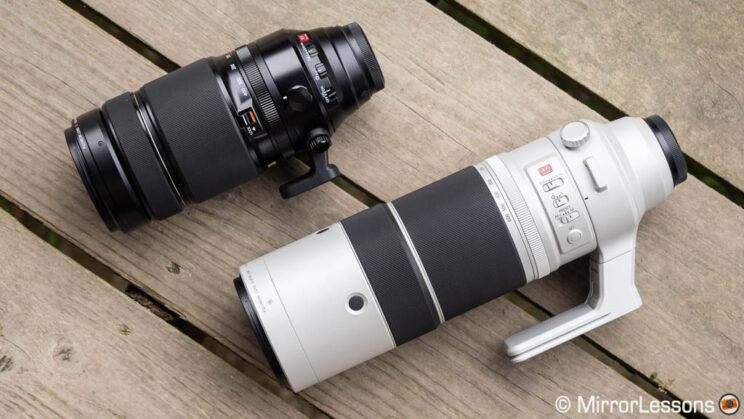
Ethics statement: we rented the two lenses for two weeks. We were not asked to write anything about these products, nor were we provided with any sort of compensation. Within the article, there are affiliate links. If you buy something after clicking the link, we will receive a small commission. To know more about our ethics, you can visit our full disclosure page. Thank you!
TABLE OF CONTENTS
1. Main Specs
2. Design and Ease of Use
3. Field of View and Aperture
4. Optical Quality
5. Autofocus and Manual Focus
6. Stabilisation
7. Teleconverters
8. Prices
9. Video Review
10. Conclusion
Main Specs
XF 100-400mm F4.5-5.6 R LM OIS WR
- Mount: X-mount
- Format coverage: APS-C
- 35mm format equivalent: 152-609mm
- Angle of view: 16.2° – 4.1°
- Weather sealing: Yes
- Maximum aperture: 4.5 (W) – 5.6 (T)
- Minimum aperture: 22
- Number of aperture blades: 9
- Closest focusing distance: 1.75m
- Maximum image magnification: 0.19x
- Lens configuration: 21 elements / 14 groups
- Special elements: 1 Super ED, 5 ED elements
- Lens surface coating: Yes
- Optical stabilisation: Yes (5 stops)
- Dimensions: ø94.8mm x 210.5mm (270mm when extended)
- Filter diameter: ø77mm
- Weight: 1375g
XF 150-600mm F5.6-8 R LM OIS WR
- Mount: X-mount
- Format coverage: APS-C
- 35mm format equivalent: 229-914mm
- Angle of view: 10.8° – 2.7°
- Weather sealing: Yes
- Maximum aperture: 5.6 (W) – 8 (T)
- Minimum aperture: 22
- Number of aperture blades: 9
- Closest focusing distance: 2.4m
- Maximum image magnification: 0.24x
- Lens configuration: 24 elements / 17 groups
- Special elements: 4 Super ED, 3 ED elements
- Lens surface coating: Yes
- Optical stabilisation: Yes (5 stops)
- Dimensions: ø99mm x 314.5mm (270mm when extended)
- Filter diameter: ø82mm
- Weight: 1605g
Design and Ease of Use
The 100-400mm is smaller, and therefore a bit easier to pack away inside a bag, but it doesn’t have an internal zoom mechanism, unlike its white counterpart. When extended, the length gets a bit closer to that of the 150-600mm.
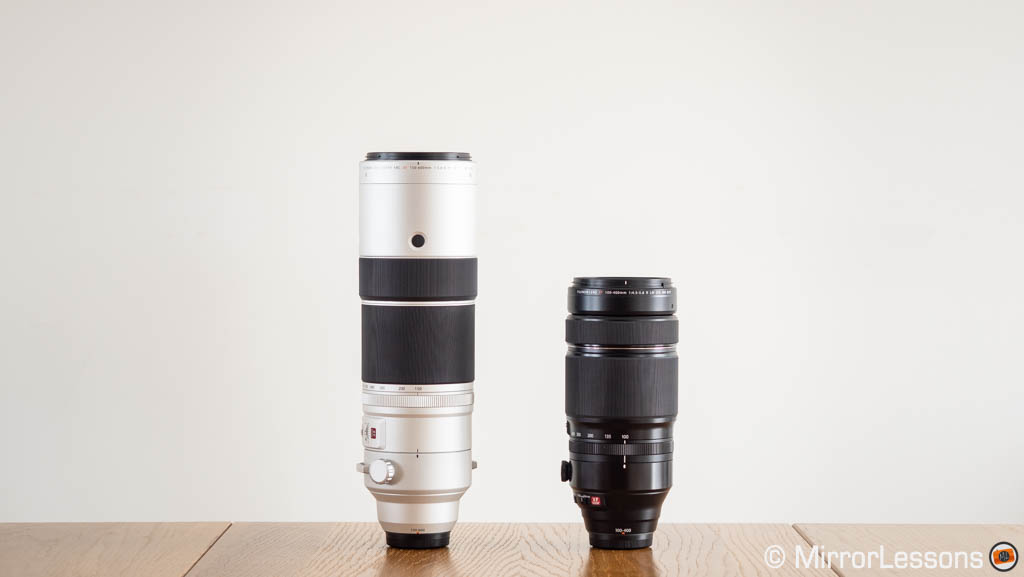

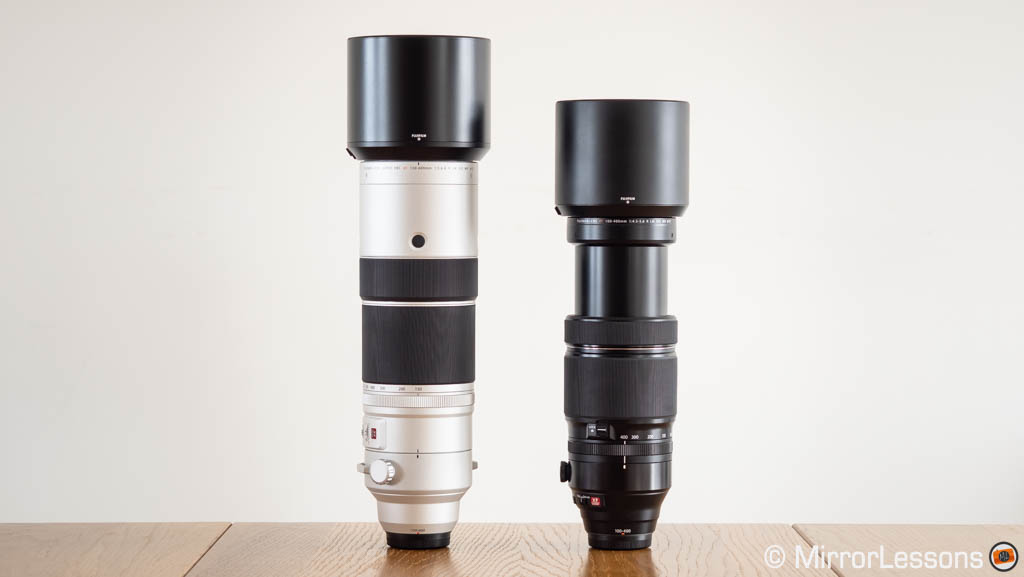
The white lens is a bit heavier, but in real world use it didn’t bother me, at least not to the point that I would start to miss the 100-400mm.
Both lenses offer weather sealing protection, and the outside is made of high-grade plastic to save weight. On the inside, the 150-600mm has a magnesium alloy frame.
I would bet that you’ve already noticed the difference in the colour finish: glossy black for the 100-400mm and matte silver for the 150-600mm.
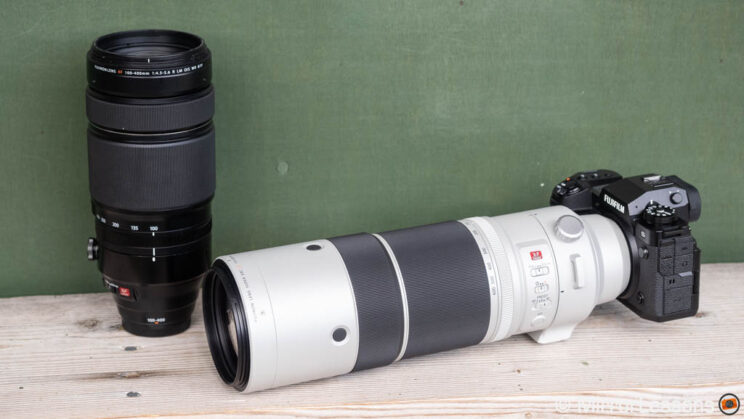
Fujifilm states the choice for silver was to alleviate the increase in temperature inside the lens when working in very warm conditions. The elements can expand with heat, and this is more critical with telephoto lenses that, on average, use larger components in comparison to – say – a wide angle lens.
The zoom and focus rings have a rubber cover, which is pleasant to the touch.
Both zoom rings have the right amount of resistance, but I find that of the 150-600mm a bit smoother and precise overall. They offer a small rotation arc, so you can quickly go from the shortest to the longest focal length.
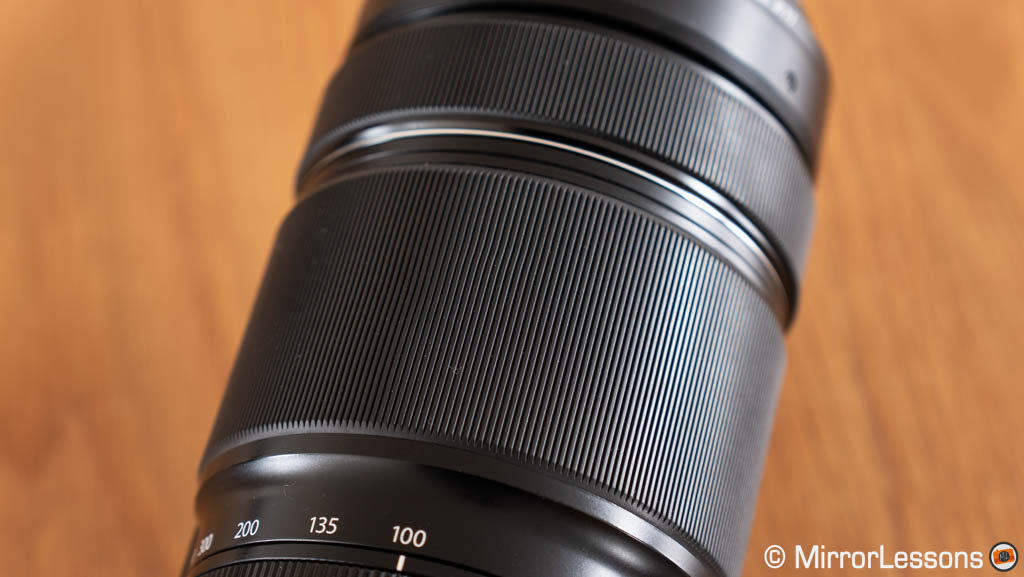
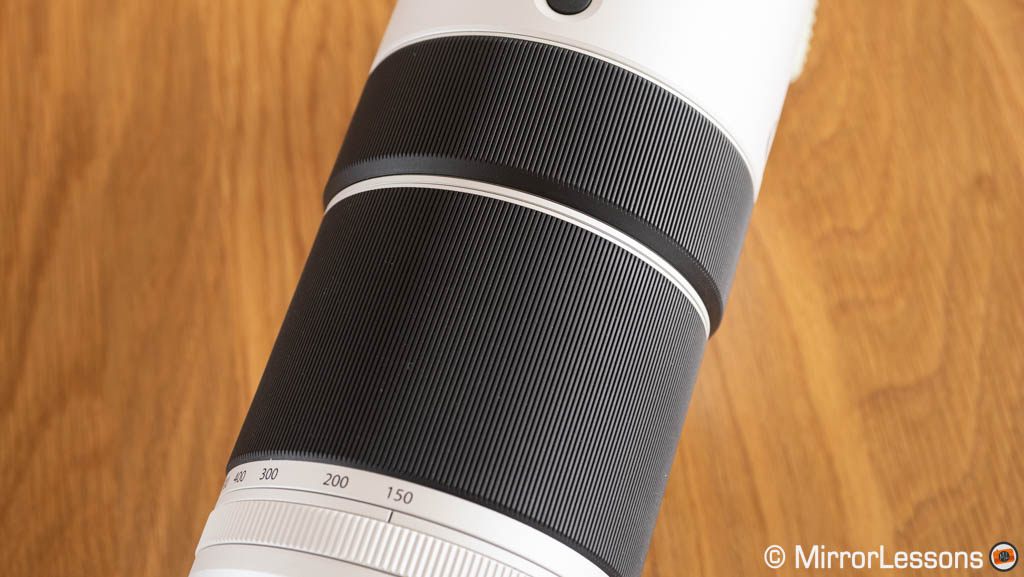
There is an aperture ring on both lenses: that of the 150-600mm is smoother to operate. With both products however, I tend to leave the aperture ring to A (auto) and use the front dial of the camera instead. When using the ring manually, I often find that my aperture changes by accident, especially on the silver lens.
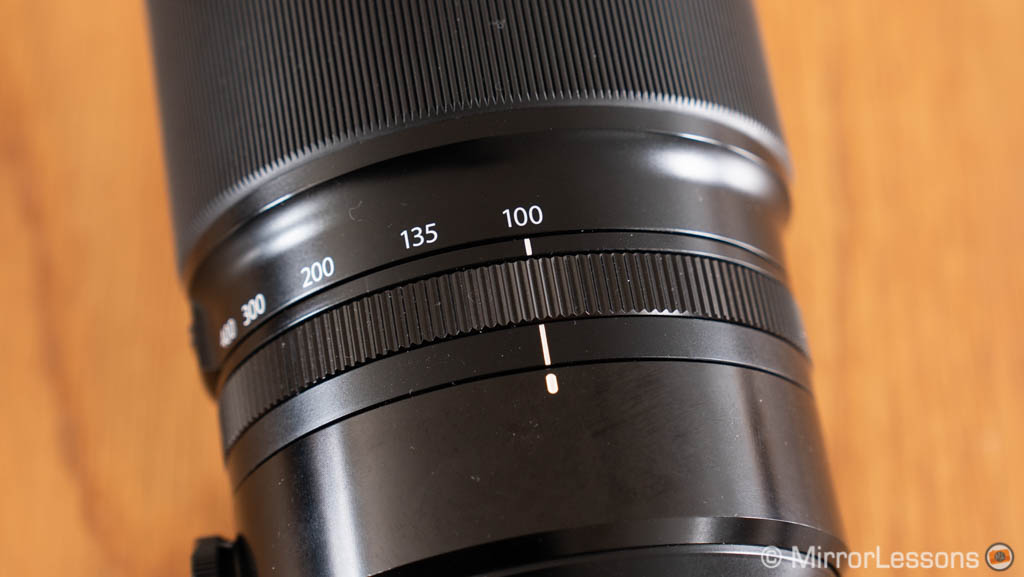
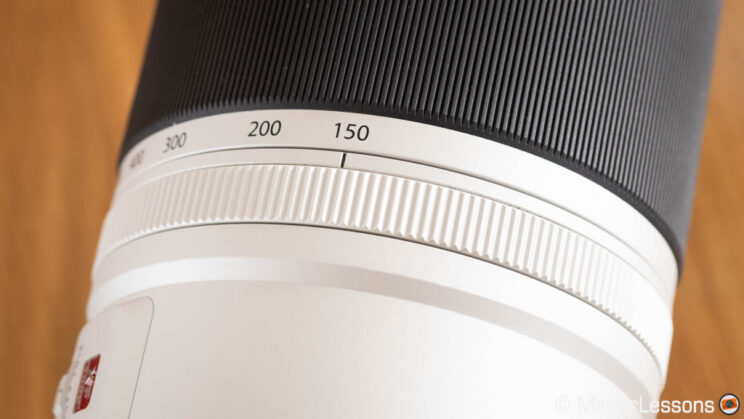
As for the physical controls, both lenses have:
- a Focus Limiter switch (Full, or 5m to infinity)
- an Auto / Manual Aperture switch (for the ring)

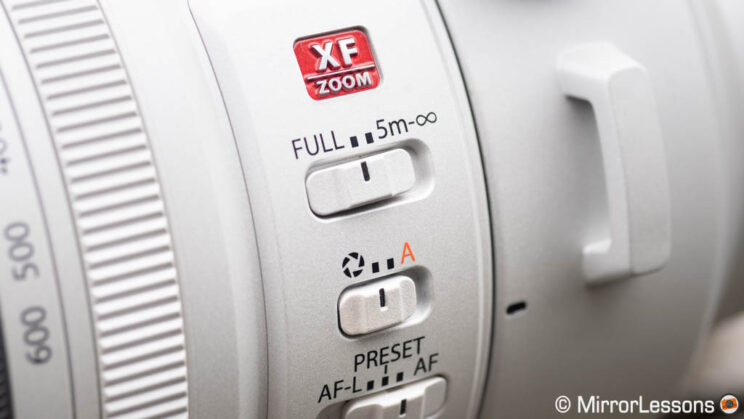
Note about the focus limiter
On recent cameras like the X-H2S, the X-T4 or X-S10, there is a AF Range Limiter setting that can override that of the lens. There are two presets (one is the same as the one found on the lens) plus an option to create a custom range from scratch, with any distances that you want. To recall this setting, the best way is to map it to a function button. Make sure to leave the switch on the lens to ‘Full’.
The 150-600mm also offers a Focus Selector switch with three options, a SET button and four black focus control buttons around the barrel at the front. These all work together.
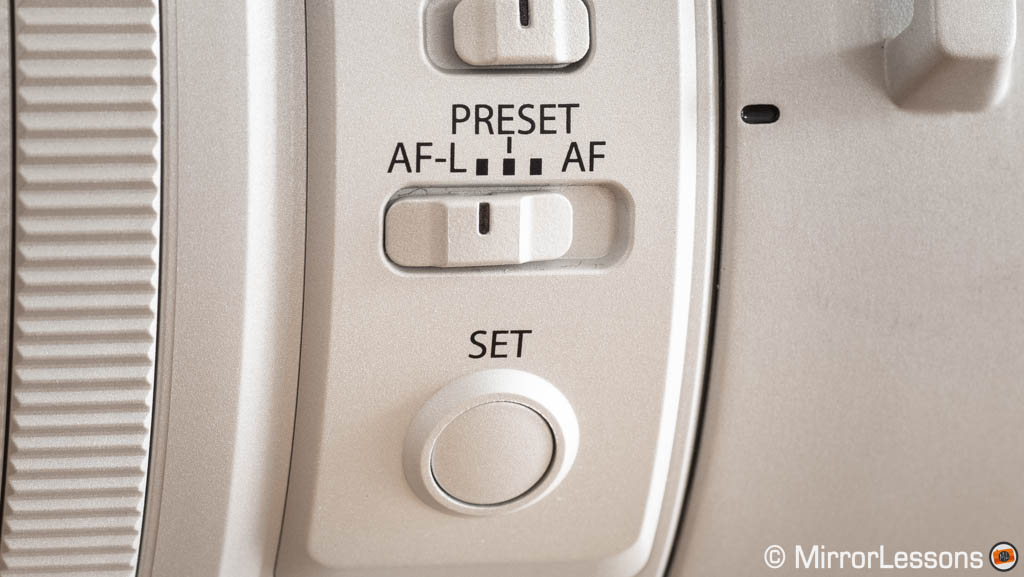

If you set the switch to AF-L, pressing any of the black buttons will stop focus. Move the switch to AF-ON, and the black buttons become an alternative to the back button focus on your camera: press any of them and the camera will engage the autofocus.
If you move the switch to the middle option, PRESET, you can save a specific focus distance with the SET button that you can recall at any time. This is useful if you know your subject will stay in the same area: save the distance and recall it if, for example, the camera mis-focuses on the background, or just struggles to acquire focus where you want.
Note that the PRESET switch is only compatible with the X-H2S, X-H2, X-T3, X-T4 and X-S10. Make sure to have the latest firmware installed.
I was surprised not to find an OIS switch on the silver lens. It is present on the 100-400mm, but it’s a simple on/off switch. You can’t prioritise vertical correction for example (more on this in the stabilisation chapter).
Next we have the tripod mount, and I really prefer the solution designed on the 150-600mm: loosen the large knob and press the release lever to remove it. Do the opposite to attach it. It’s easy, quick and very effective: this is how tripod collar feet should be designed. Oh, and it is also directly compatible with Arca Swiss heads.

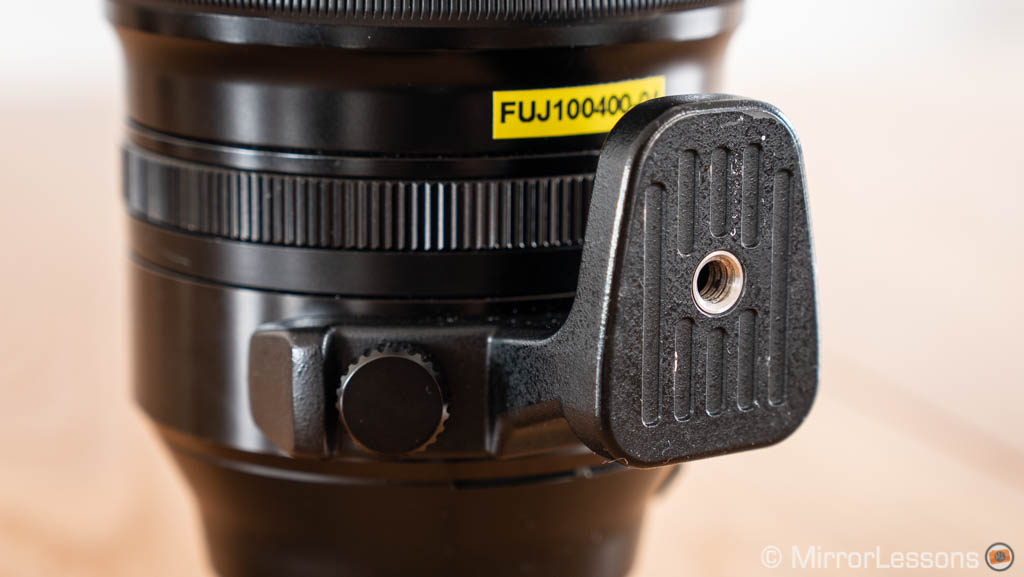

That of the 100-400mm can be removed with two small knobs that are a bit more annoying to rotate, and you’ll need to attach a separate plate for Arca Swiss tripods.
Another nice thing about the 150-600mm are the two strap eyelets, which allow you to secure your strap to the lens rather the camera to have better balance.
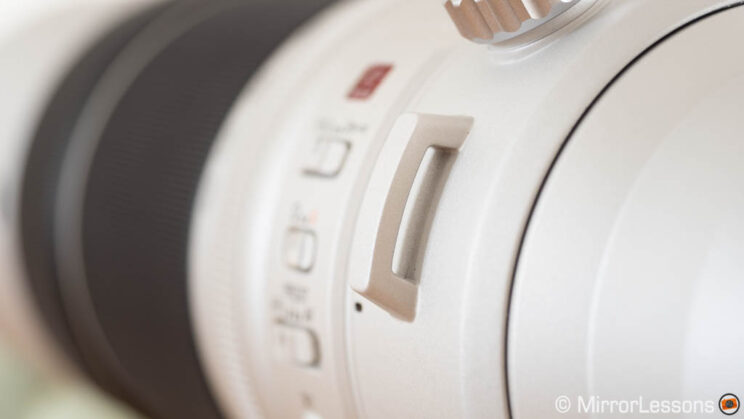
Finally, the lens hoods are the same: they feel plasticky, but have a locking mechanism and a sliding door to access a variable ND or polarising filter.
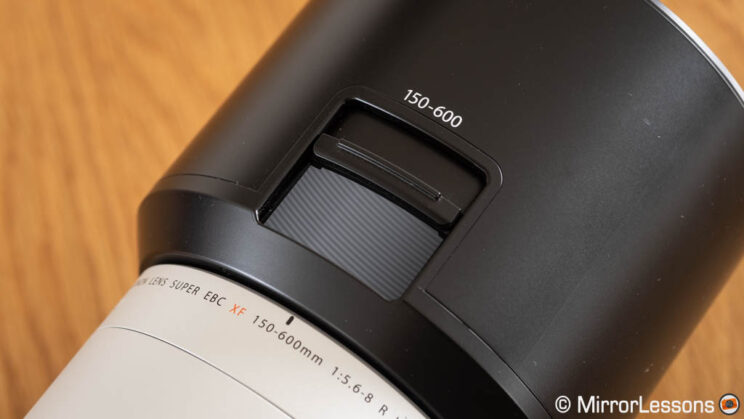
Field of View and Aperture
The two lenses have a different range of focal length, with the 150-600mm giving you more reach at the telephoto end.
- 150-600mm equates to approximately 225-900mm on full frame
- 100-400mm gives you the same field of view of 150-600mm
The images below show you the difference between 100 and 150mm, and then 400mm and 600mm.
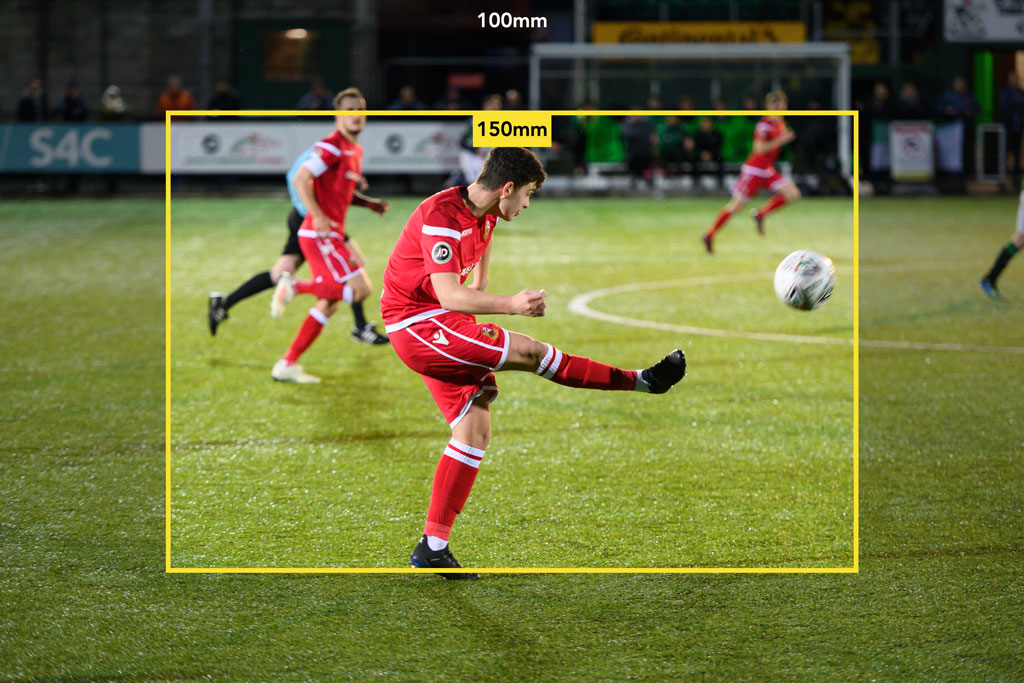
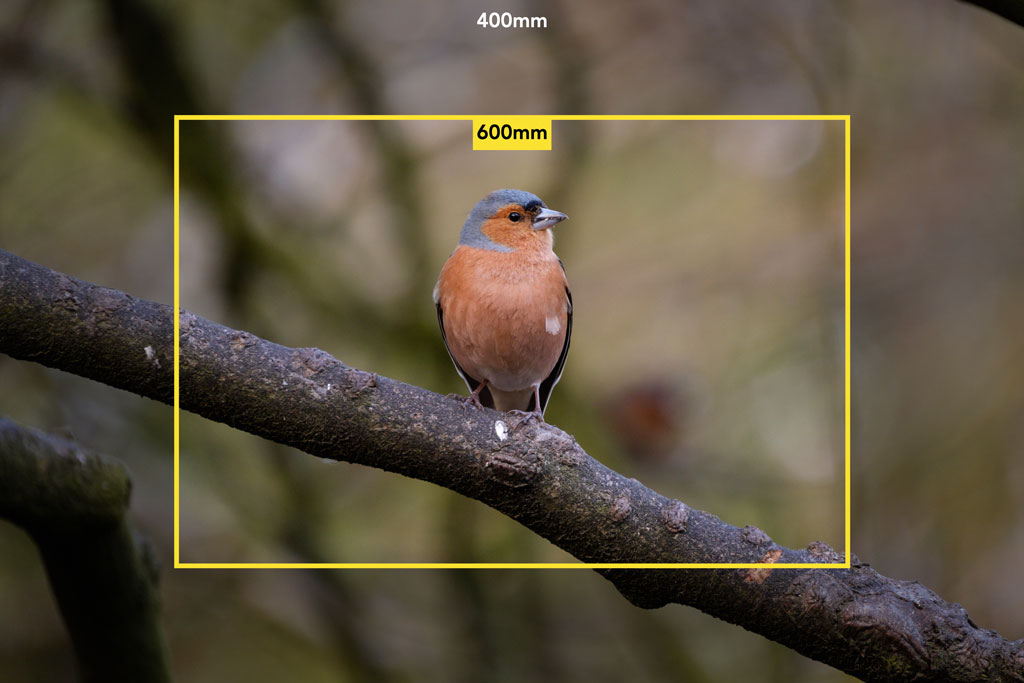
Neither has a constant aperture, and this is how it changes as you increase the focal length.
XF 100-400mm
Fastest aperture
100-106mm
f/4.5
107-127mm
f/4.6
128-152mm
f/4.7
153-182mm
f/4.8
183-279mm
f/5.0
280-322mm
f/5.2
323-346mm
f/5.4
347-400mm
f/5.6
XF 150-600mm
Fastest aperture
150-184mm
f/5.6
185-315mm
f/6.4
316-538mm
f/7.1
539-600mm
f/8.0
At 400mm, the silver lens opens to f/7.1, so 2/3 of a stop darker than the black lens, which is not a dramatic difference. Of course as you zoom in all the way to 600mm, the difference becomes 1 stop, but you benefit from the extra reach (200mm is a good amount).
Optical Quality
Sharpness
There isn’t a lot to talk about in this section: the two lenses deliver similar results overall. What you need to remember is summarised below, and keep in mind we’re talking about small-to-very-small differences here.
Fujinon XF 100-400mm Key Takeaways
- Images are good wide open, but peak sharpness is generally one stop down from the fastest aperture, if not a bit more (the best result is at f/8 at 200mm and 300mm for example)
- It suffers a bit more from diffraction at f/16 and f/22
Fujinon XF 150-600mm Key Takeaways
- It delivers optimal results at the fastest apertures. This is valid across the entire zoom range, including 600mm
- It suffers a bit less from diffraction at f/16, especially between 300mm and 600mm
I won’t comment on every single result below, I would just be repeating myself. Please don’t hesitate to click on the images to make them larger.
100mm
150mm
200mm
300mm
400mm
600mm
Bokeh
Neither lens offers attractive fast apertures, and the quality of the out of focus background is certainly not the main selling point.
Overall, the bokeh looks similar. If we magnify the image, we can notice that the 100-400mm renders a brighter edge around the circles, but also keeps them more rounded in the corners.
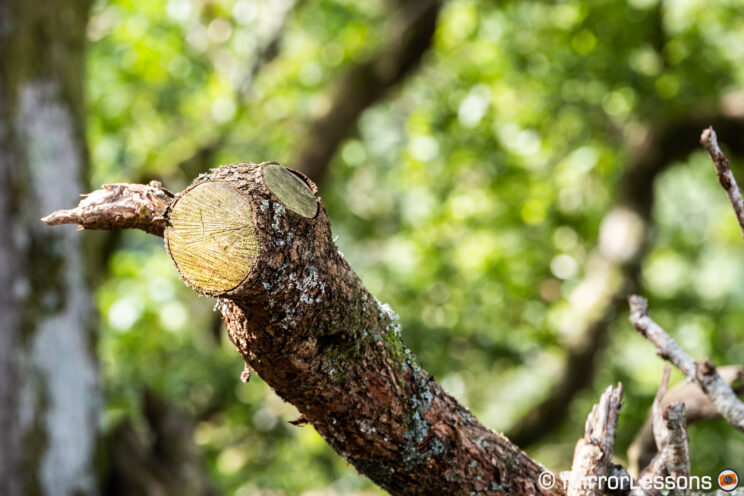
Flare Resistance
You need to frame a strong source of light entering the lens directly to see any reflections. If this happens, they can both produce ghost flares, with those of the 100-400mm being a bit more invasive and vivid in colour.
Other Characteristics
I didn’t find traces of chromatic aberration, nor relevant distortion. The latter is most likely corrected in camera, but the end result is flawless.
There is a small amount of vignetting at the fastest apertures, but it’s very easy to correct in post with minimal effort (and to be honest, most of the time I didn’t do it because I didn’t even notice it). Closing the aperture by 1 stop gets rid of it on both lenses.
Autofocus and Manual Focus
The 100-400mm features two linear motors, whereas the 150-600mm has only one as far as I understand. That said, once again there is little to discuss: both lenses deliver fast performance with static subjects, as well as fast moving animals such as the red kites in flight.
With my birds in flight test, I got a similar keeper rate with the two lenses, using the X-H2S and X-T4 (note that a difference of a few points is irrelevant really). The X-T4 did well considering that by the time I started testing it with the 150-600mm, the light got worse with heavy clouds hiding the sunshine.
X-H2S with 100-400mm
82%
97%
X-H2S with 150-600mm
80%
95%
X-T4 with 100-400mm
79%
96%
X-T4 with 150-600mm
78%
92%
The first percentage only includes images that are razor sharp. The second value also includes images that are slightly soft. Find out more about my birds in flight test here.
The 100-400mm has a shorter minimum focus distance than the silver lens (1.75m vs 2.4m) but the longer reach of the 150-600mm at both ends allows you to magnify the subject more.


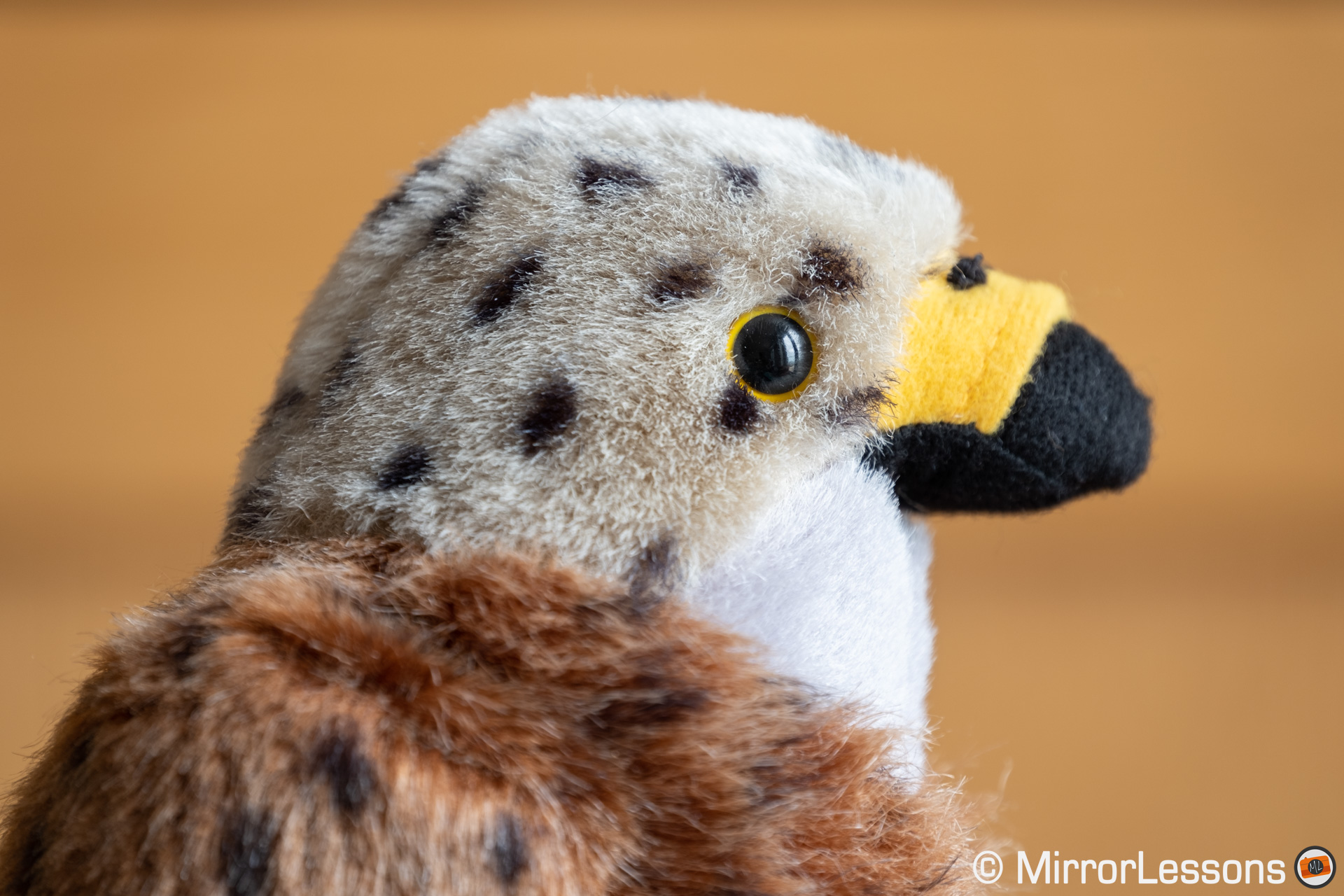
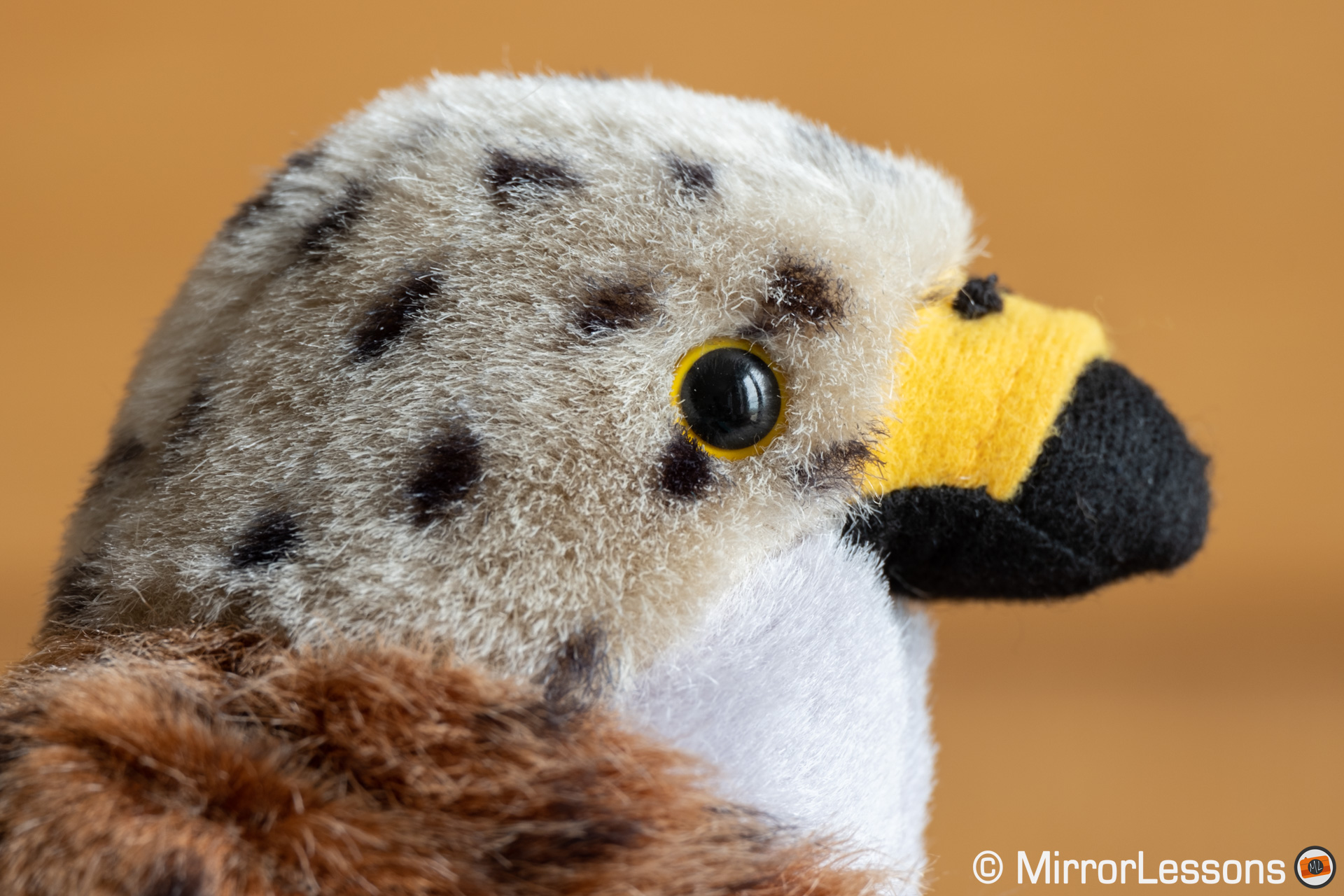
As for the manual focus experience, the focus ring on the silver lens is very light and freely rotates, whereas that of the black lens is stiffer. I found the latter more precise when working manually.
Optical Stabilisation
Both lenses have a CIPA rating of 5.0 stops of compensation. The rating can go higher when paired with a camera that has in-body image stabilisation.
I captured 10 shots at different focal lengths and shutter speeds to see how far I could push the two lenses on the X-H2S, and what kind of keeper rate they would deliver.

Here are the results.
XF 100-400mm
100 mm
150 mm
400 mm
1/2s
0%
0%
0%
1/4s
10%
10%
0%
1/8s
20%
30%
20%
1/15s
70%
70%
50%
1/30s
90%
90%
60%
1/60s
100%
100%
70%
1/125s
100%
100%
90%
XF 150-600mm
150 mm
400 mm
600 mm
1/2s
0%
0%
0%
1/4s
20%
0%
0%
1/8s
30%
10%
20%
1/15s
60%
30%
30%
1/30s
90%
80%
60%
1/60s
100%
90%
80%
1/125s
100%
100%
100%
The table above shows that the 100-400mm is capable of delivering sharp images between 1/4s and 1/8s, but the keeper rate is low. The performance really improved from 1/15s at 100mm, and 1/30s at 400mm.
Note that this time I got better results with this lens than the last time I reviewed it. Being rental equipment, it could be that the previous sample had a few issues, or most likely that the lens works better with the new X-H2S (previously, I tested it on the X-T4).
The 150-600mm does a bit better at 150mm, and struggles more at 400mm than 600mm surprisingly. Better hit rates start from 1/15s at 150mm, and 1/30s from 400mm.
These results show that speeds like 1/60s and 1/125s are perfectly usable, and that should allow you to keep your ISO down in difficult light conditions, provided that your subject is not moving a lot. With small birds, you can also shoot in burst mode to ensure you get a decent number of sharp frames.
The two lenses don’t have an option to prioritise vertical or horizontal correction, like many competitor lenses (the classic 1-2-3 switch on the barrel for example).
According to Fujifilm, the 100-400mm can automatically detect the type of movement and adjust the correction accordingly. I couldn’t find the same information for the silver lens. I would hope it has the same capability.
I didn’t find relevant problems when leaving the optical stabilisation active on both lenses, but I know occasional frames with a bit of motion blur can happen on Fuji lenses (I have a few examples with the 70-300mm). While the OIS on these more expensive lenses is certainly more advanced, I prefer to turn it off with fast moving subjects and use a safe shutter speed, just to be on the safe side.
Teleconverters
The two lenses are compatible with the XF 1.4x and XF 2.0x converters. Here is how the field of view and fastest aperture change.

Lens
TC 1.4x
TC 2.0x
100-400mm
F4.5-5.6
140-560mm
F6.3-8
(210-840mm eq.)
200-800mm
F9-11
(300-1200mm eq.)
150-600mm
F5.6-8
210-840mm
F8-11
(315-1260mm eq.)
300-1200mm
F11-16
(450-1800mm eq.)
The findings are the same as the previous sharpness test: the teleconverters offer good quality on the 100-400mm, but you need close the aperture by one stop to get peak performance, whereas the best results are already available at the fastest aperture with the silver lens.
XF 100-400mm
XF 150-600mm
I find the autofocus performance slows down a little when using the converters, especially the 2.0x. You also have to consider that with the 150-600mm at the longest zoom setting, you’re working at f/16, so you will need some light to get good results with anything that is moving.
Prices
Brand new, the XF 100-400mm is less expensive but not by much in certain countries: you can find it for $1900, £1700 or €1700.
Second-hand, you’re looking at around $1200, £1000 or €1200.
The XF 150-600mm is available at $2000, £1900 or €2200. Prices second-hand are difficult to find, as the lens is brand new.
The XF teleconverters averages around $450, £380 and €360.
Note that these prices were last checked in October 2022.
Video Review
Conclusion
Comparing these two lenses turned out to be an easier task than I thought. On a general scale, they both perform very well when it comes to optical quality and autofocus. Is there one worth getting over the other?
To me, the primary benefit of the new XF 150-600mm is the zoom range. The 225-900mm equivalence in terms of field of view is versatile and very practical for wildlife photographers, especially when you consider that the lens is neither too big nor heavy, and offers extra controls such as the Focus Selector switch and the four focus buttons around the barrel.
The silver lens gives you the best results wide open, so you don’t need to stop down to get extra sharpness, which is good considering that it is not a fast zoom lens.
So, overall, the 150-600mm delivers and there is hardly anything to criticise.
The 100-400mm has the advantage of a faster aperture, although if you’re picky about having the very best sharpness the lens has to offer, you need to close the F value by one stop. Seen from this angle, the aperture advantage is less important.
Another thing to consider is the teleconverters: with the 150-600mm, I was less tempted to use them, unless of course the subject was too far away. The longer reach of 600mm was enough, and I was happy to crop a bit in post rather than stopping down the aperture. And, with a camera like the X-H2 and its 40MP sensor, this point becomes even more interesting.
More reach with the 100-400mm means adding at least the 1.4x TC, which once again erases the benefit of the native fastest aperture of the lens, plus the fact that you need to stop down for the best sharpness.
The main advantage of the 100-400mm is the price, if you find a good offer for the product brand new, or in good condition second-hand.
A final note about the Tamron 150-500mm. I’ve tested the Sony version of this lens and it left me with a very positive impression. Sharpness and autofocus are on the same level as the Sony 200-600mm when it comes to sharpness and autofocus. The lens is compact, not too heavy and there is a good range of controls on the barrel, including the option for vertical-only or horizontal-only shake correction, something Fuji lenses don’t have.
I can’t blindly recommend the Tamron without testing the X-mount version of course, but I cannot think of any reason why it wouldn’t give the same performance on your Fuji camera, as it did on my Sony camera. The price is attractive and I think it can become the best option for wildlife photographers: 150-500mm means a 225 to 750mm equivalent field of view, which is really good. The only thing that could discourage some photographers is that the Tamron is NOT compatible with teleconverters, just like the Sony version.
Check price of the Fujinon 100-400mm on
Amazon | Amazon UK | B&H Photo | eBay
Check price of the Fujinon 150-600mm on
Amazon | Amazon UK | B&H Photo | eBay


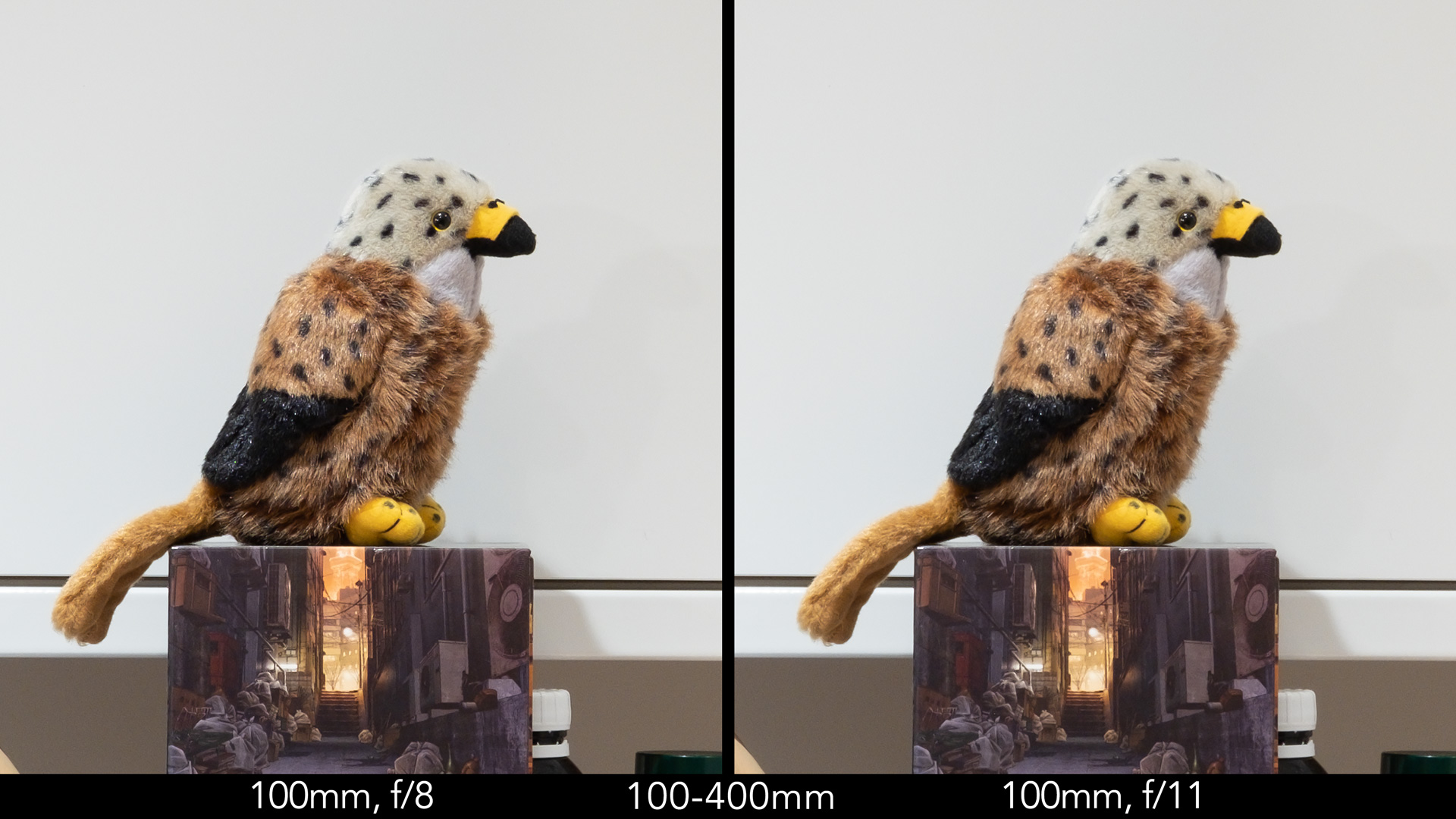
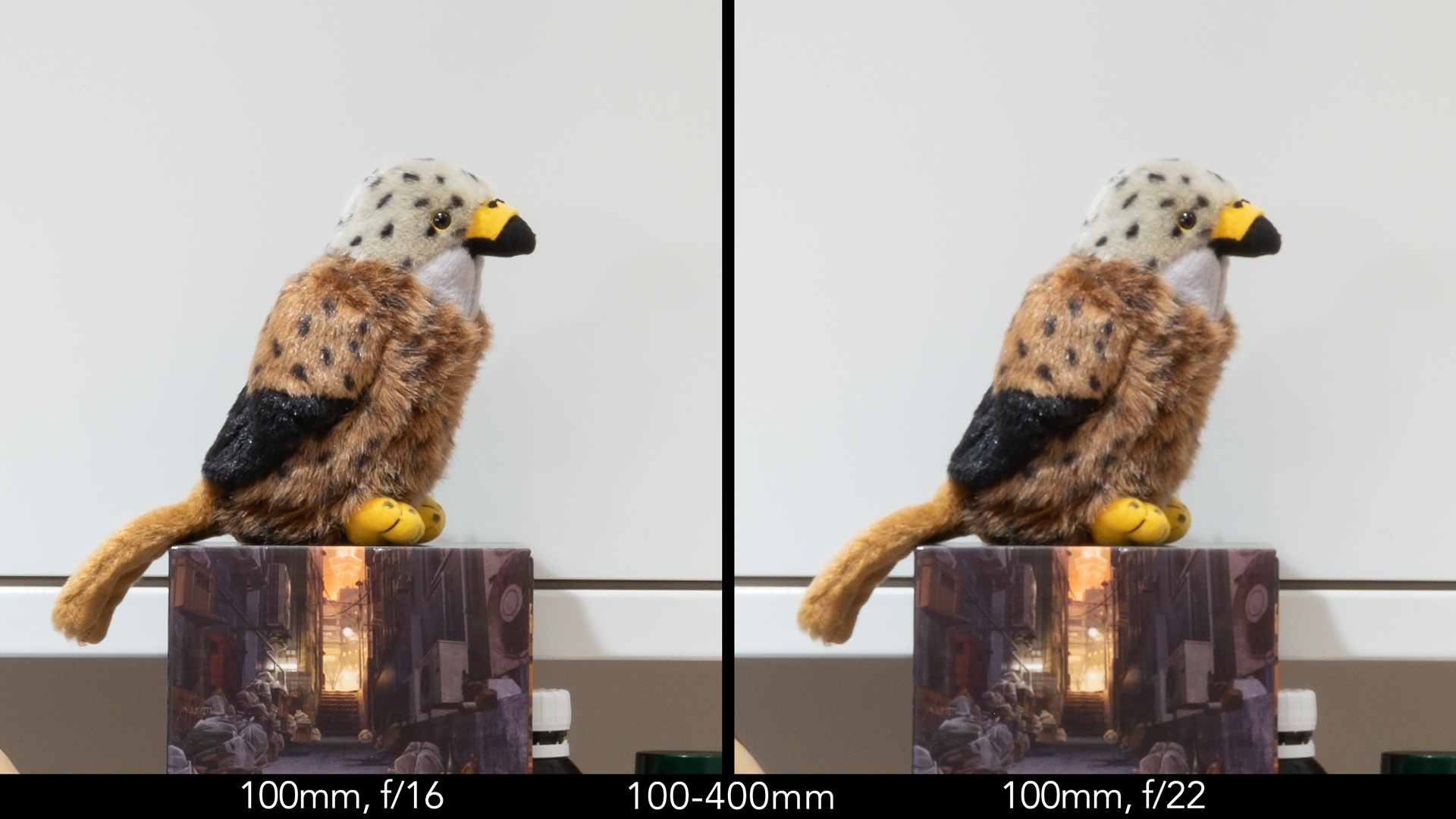
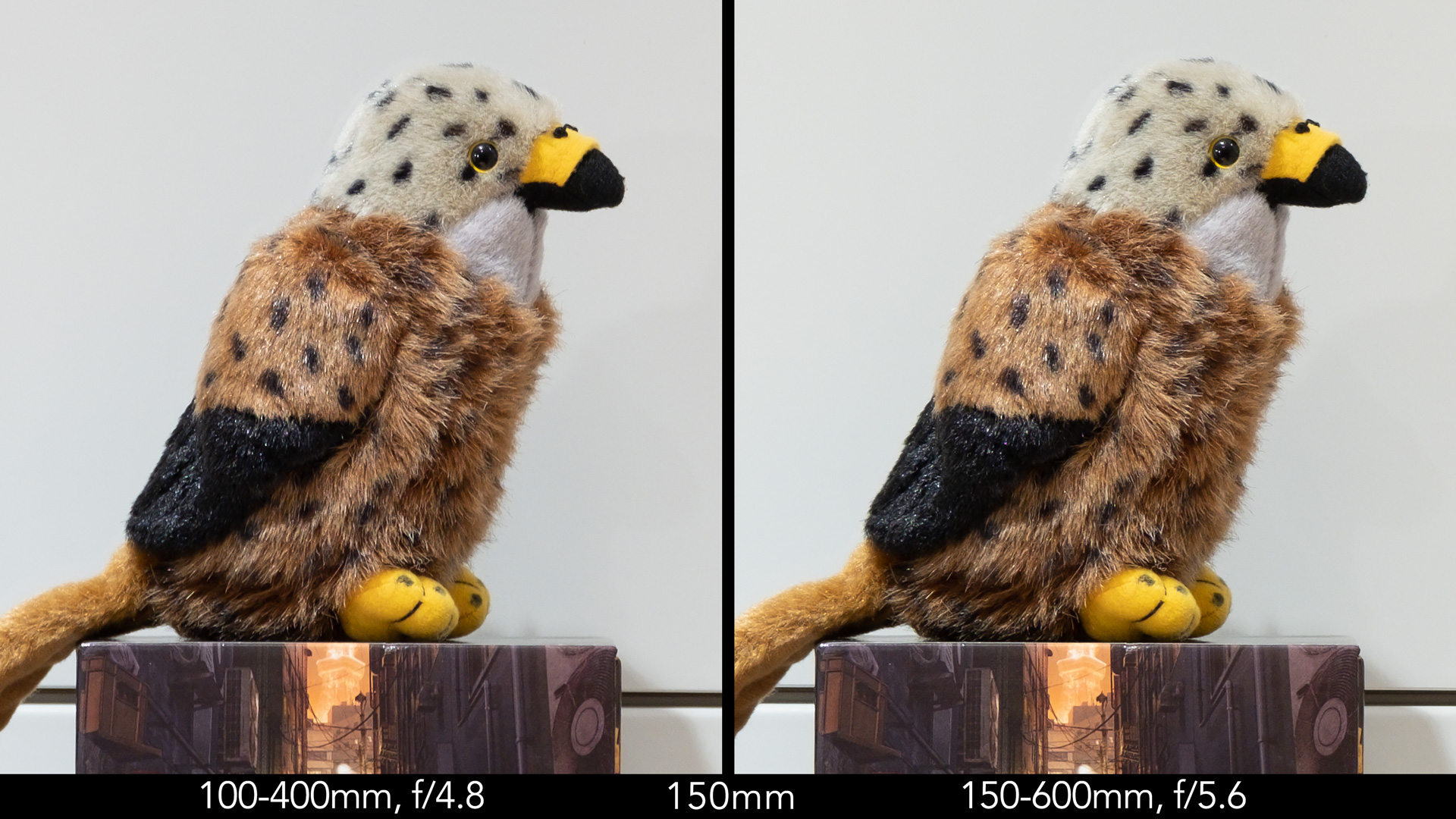
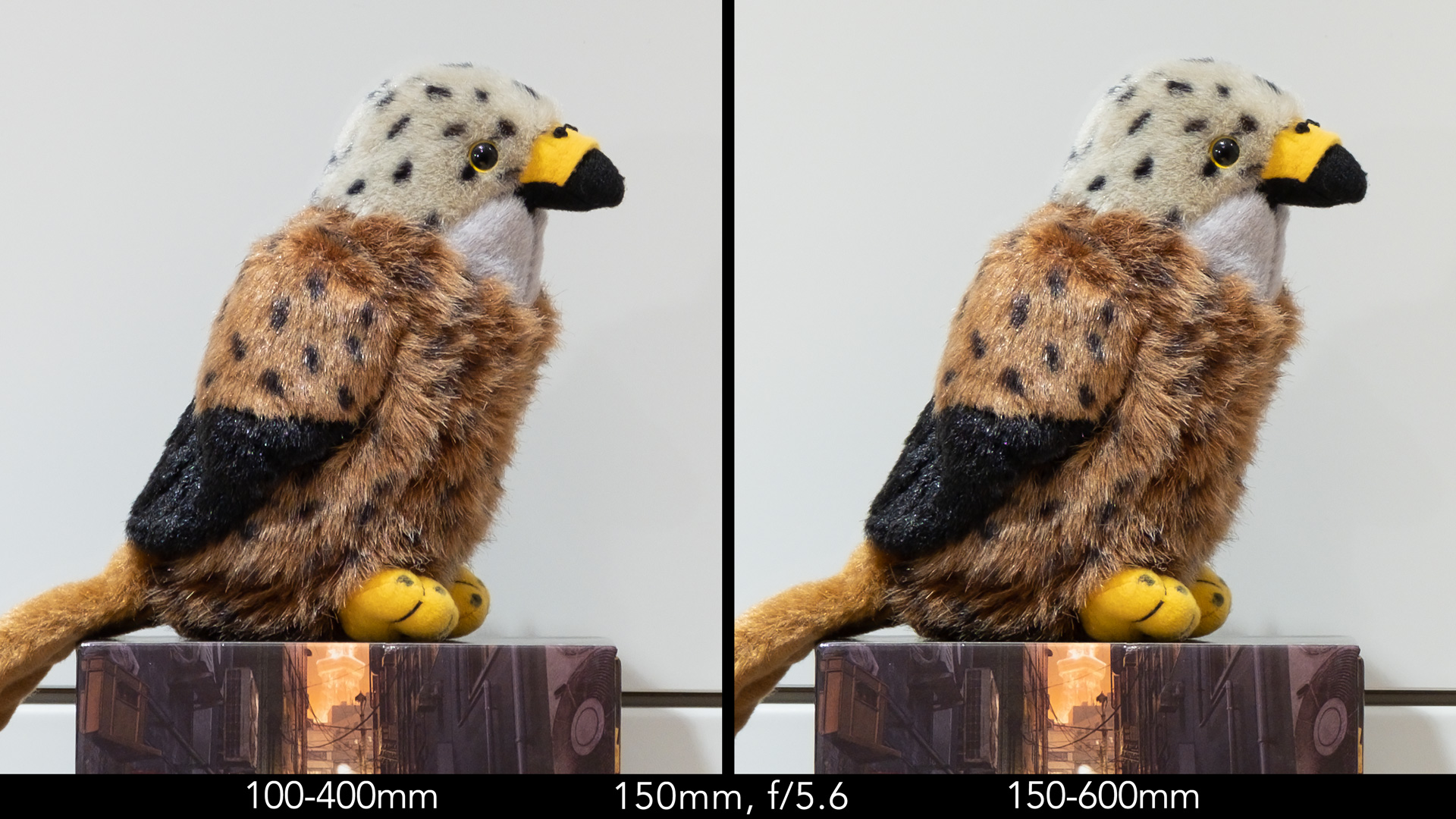
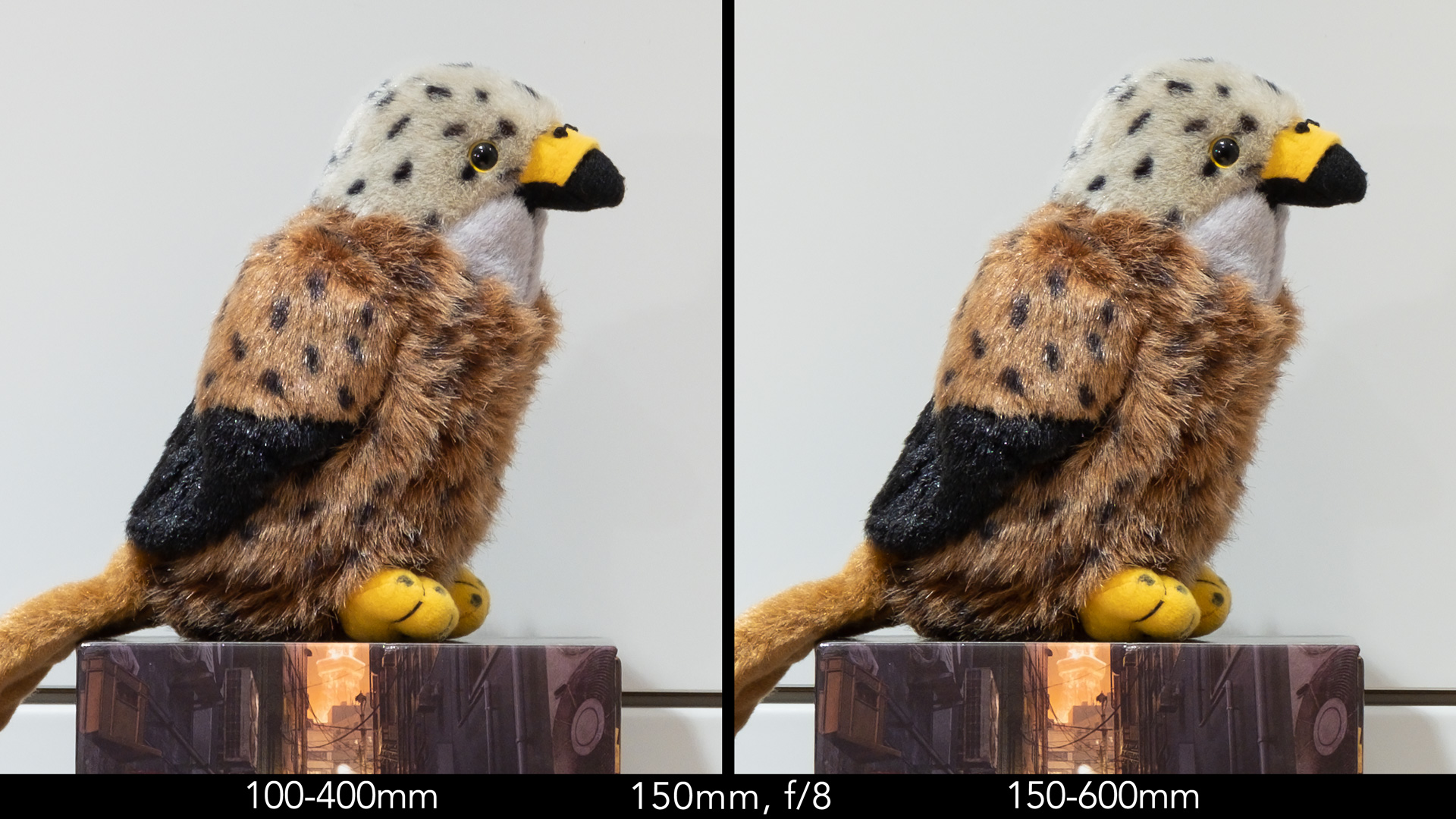
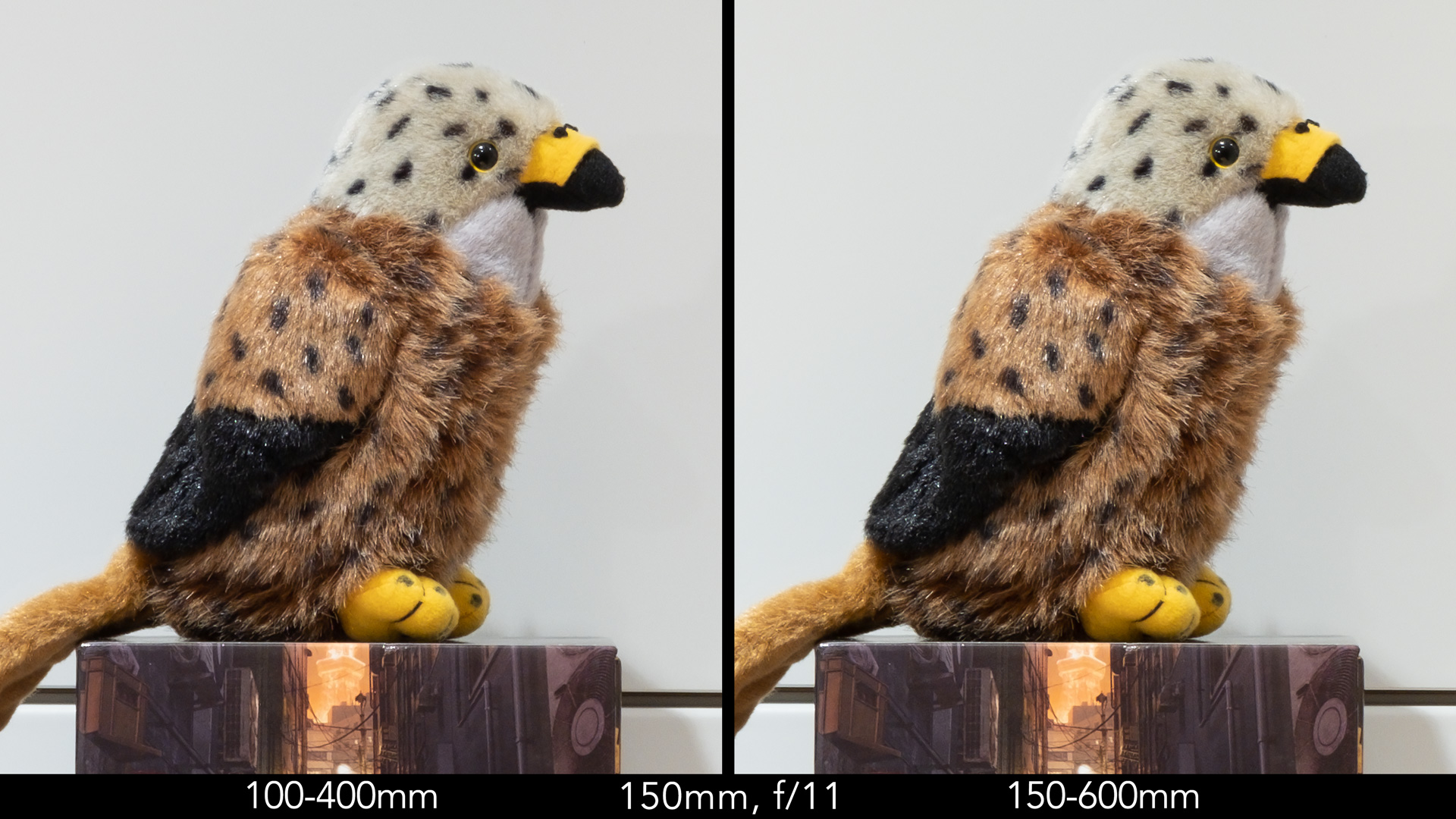
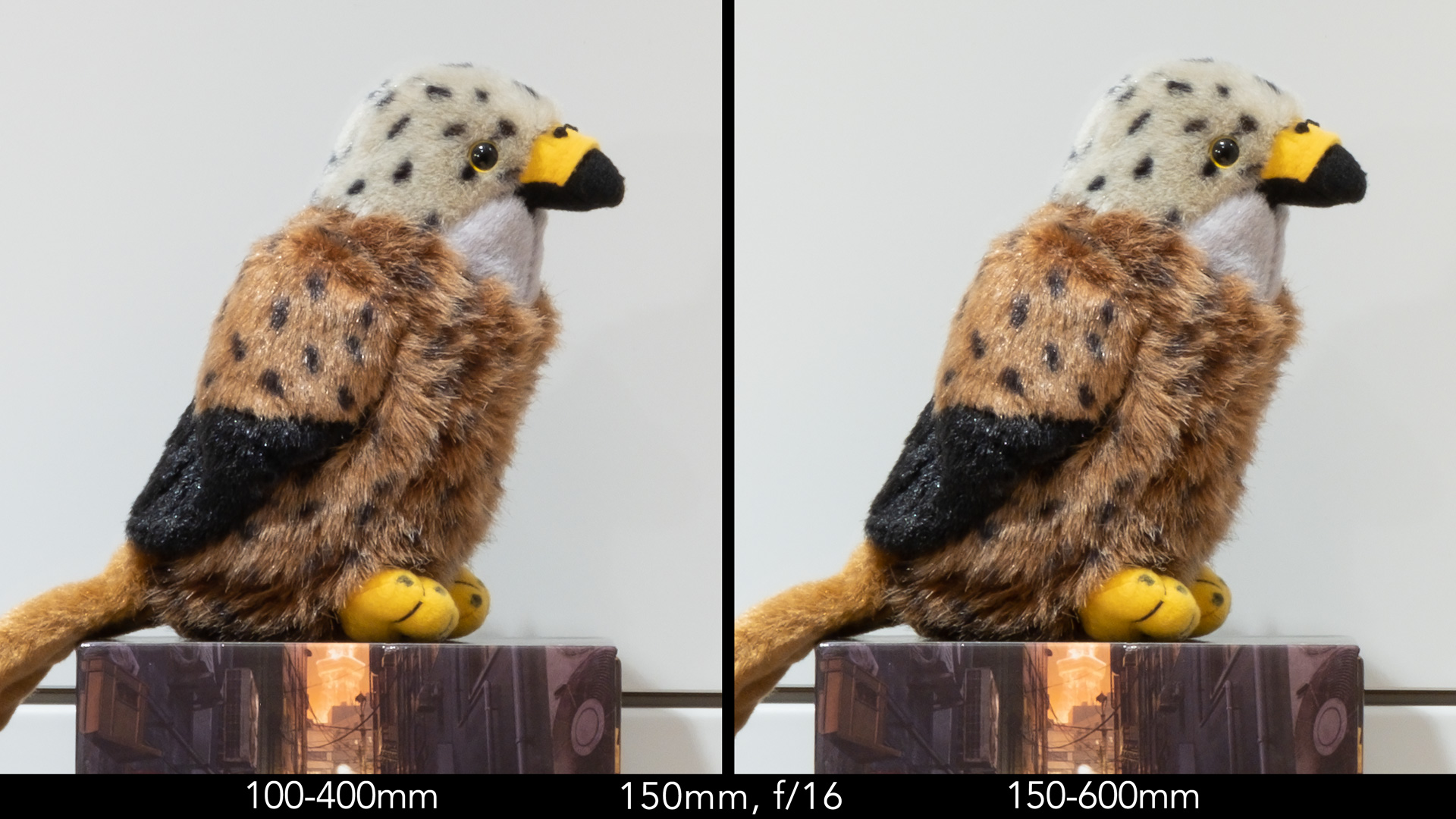
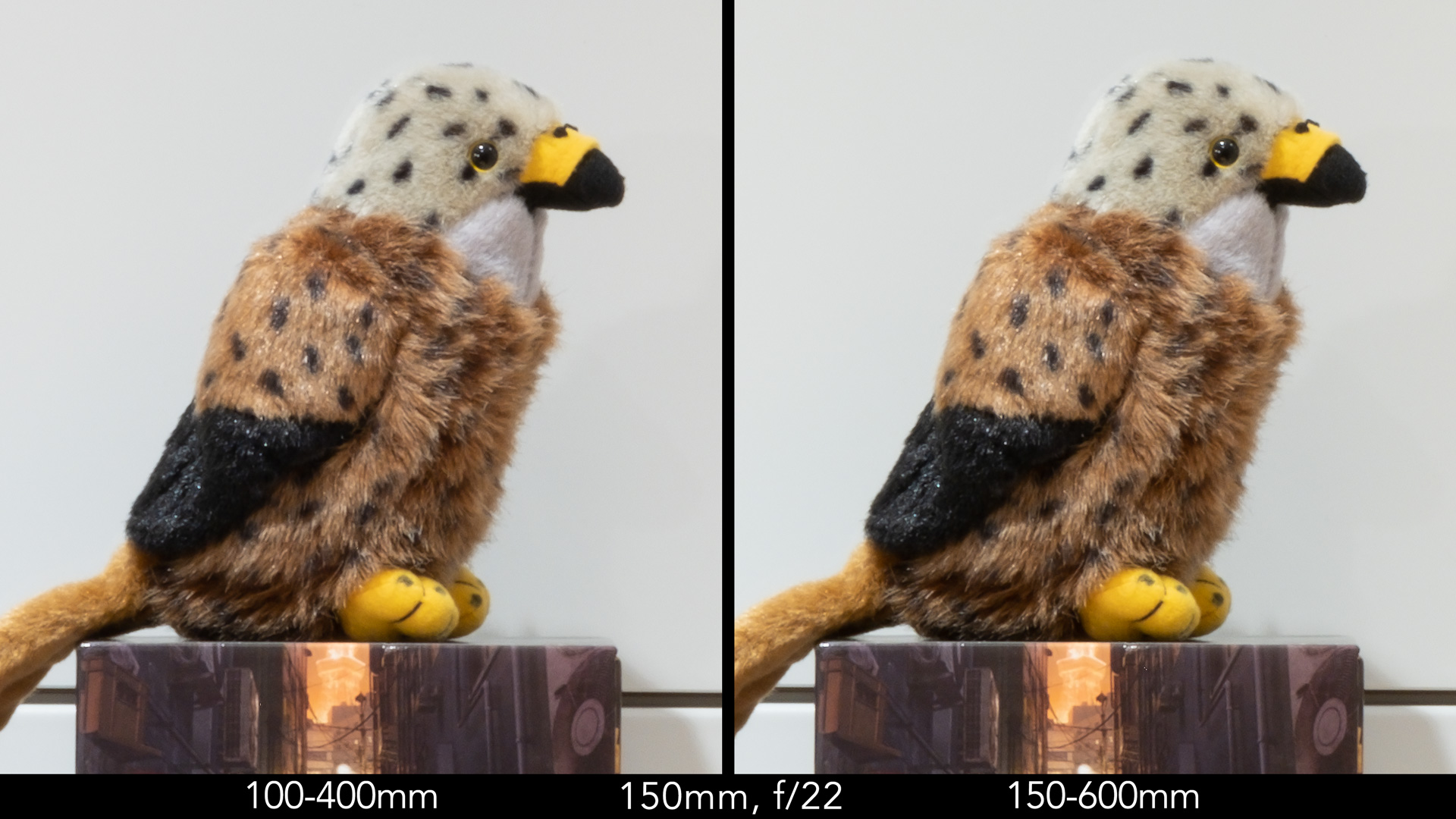

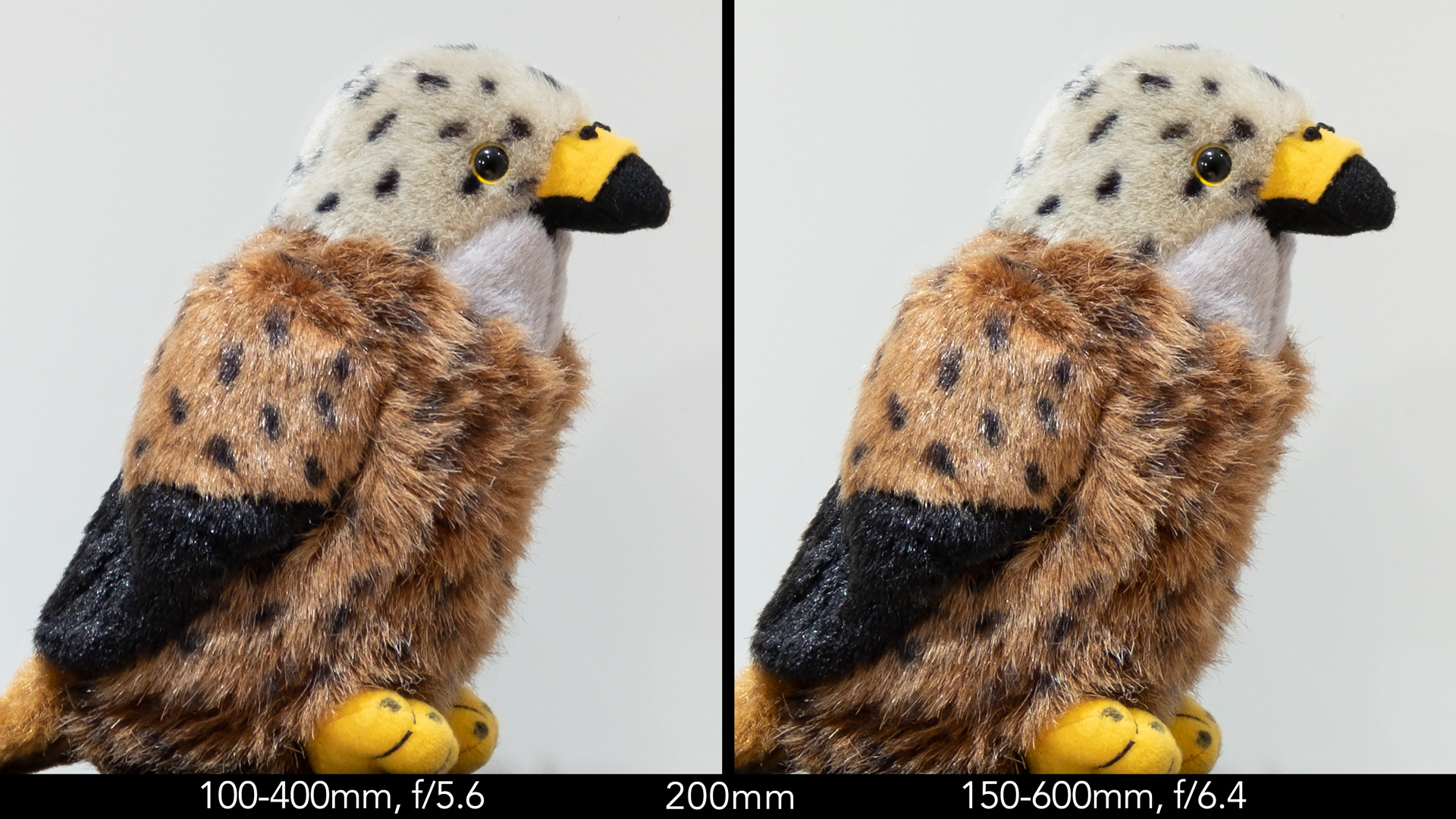
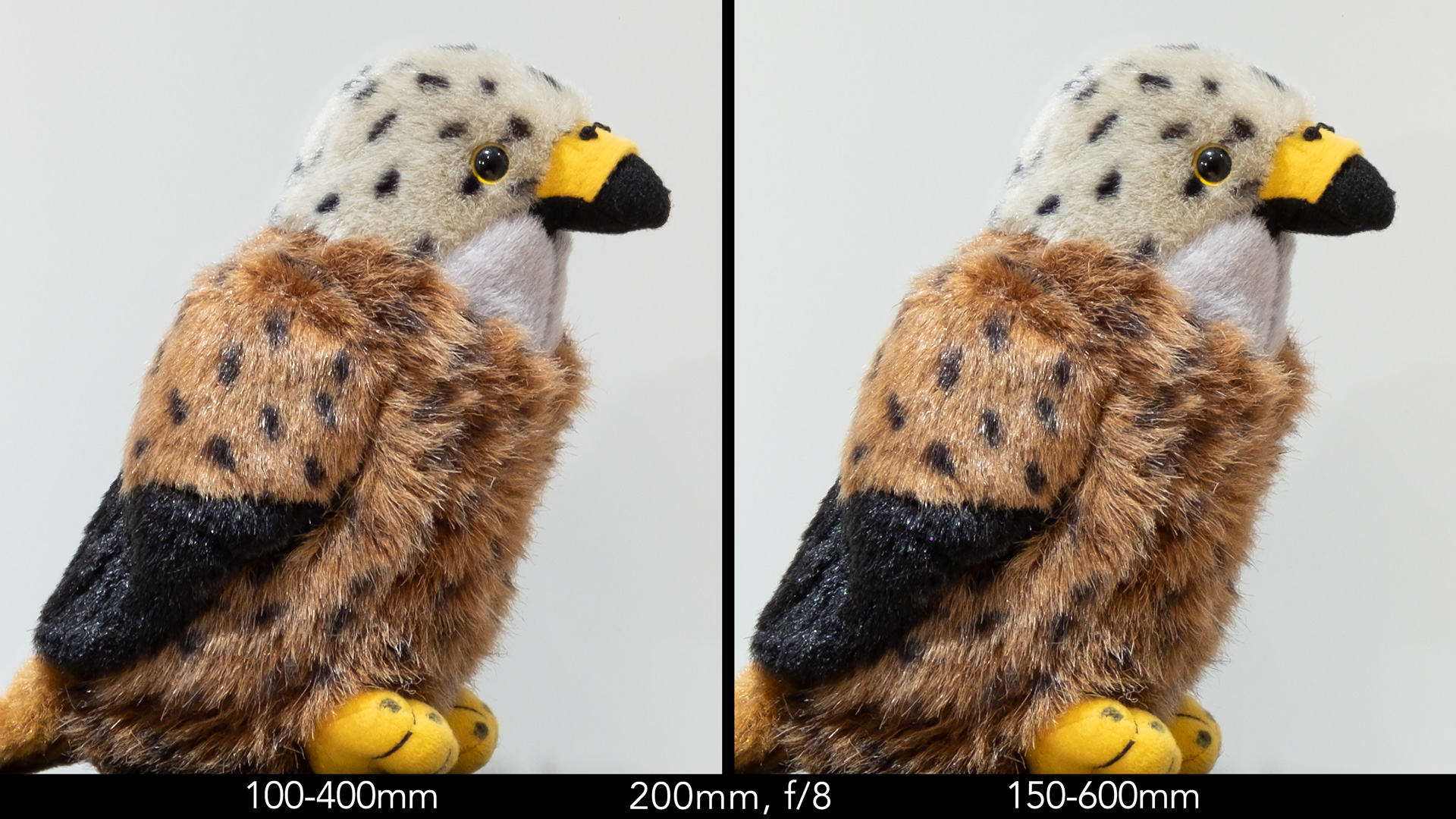
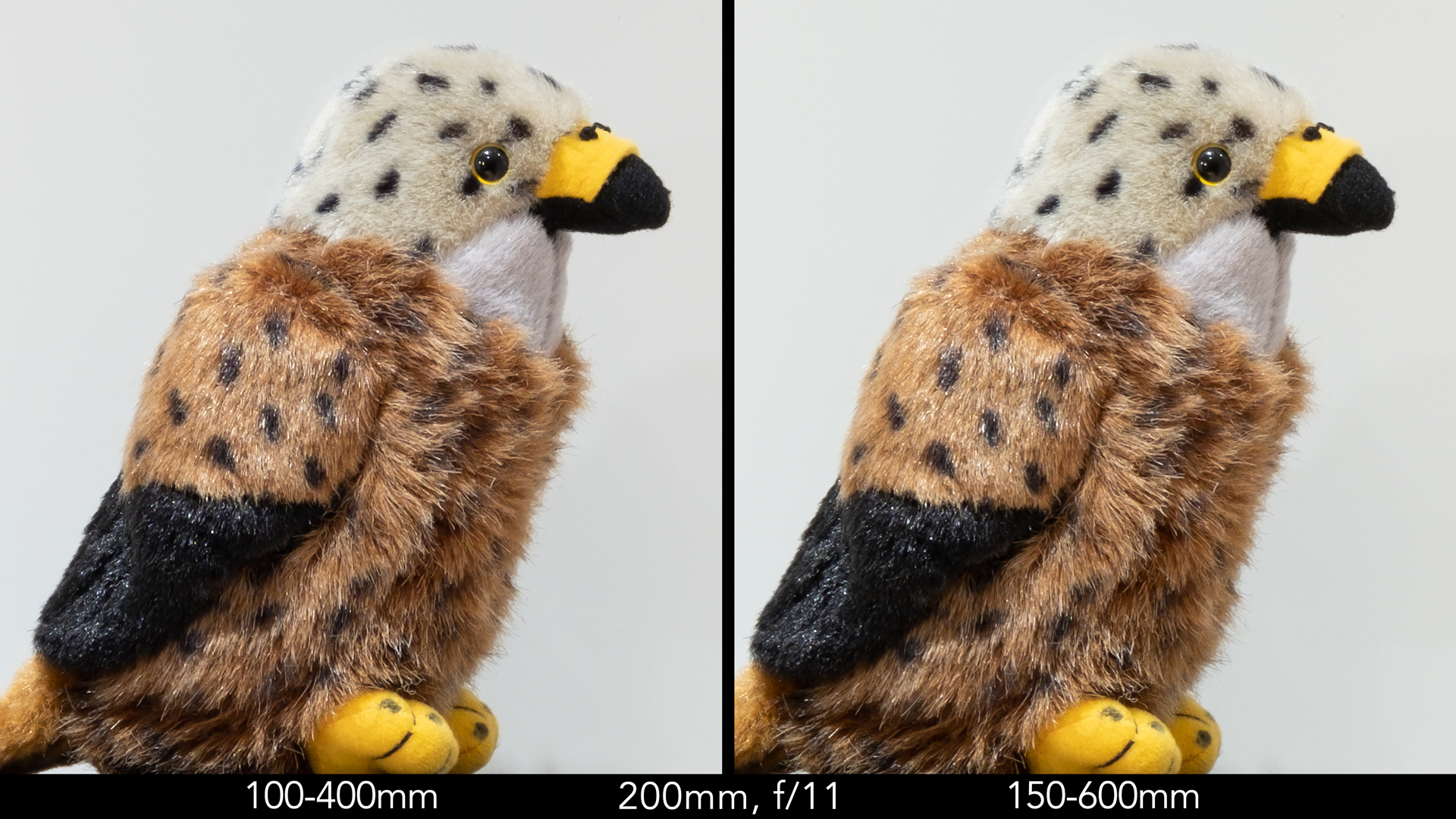

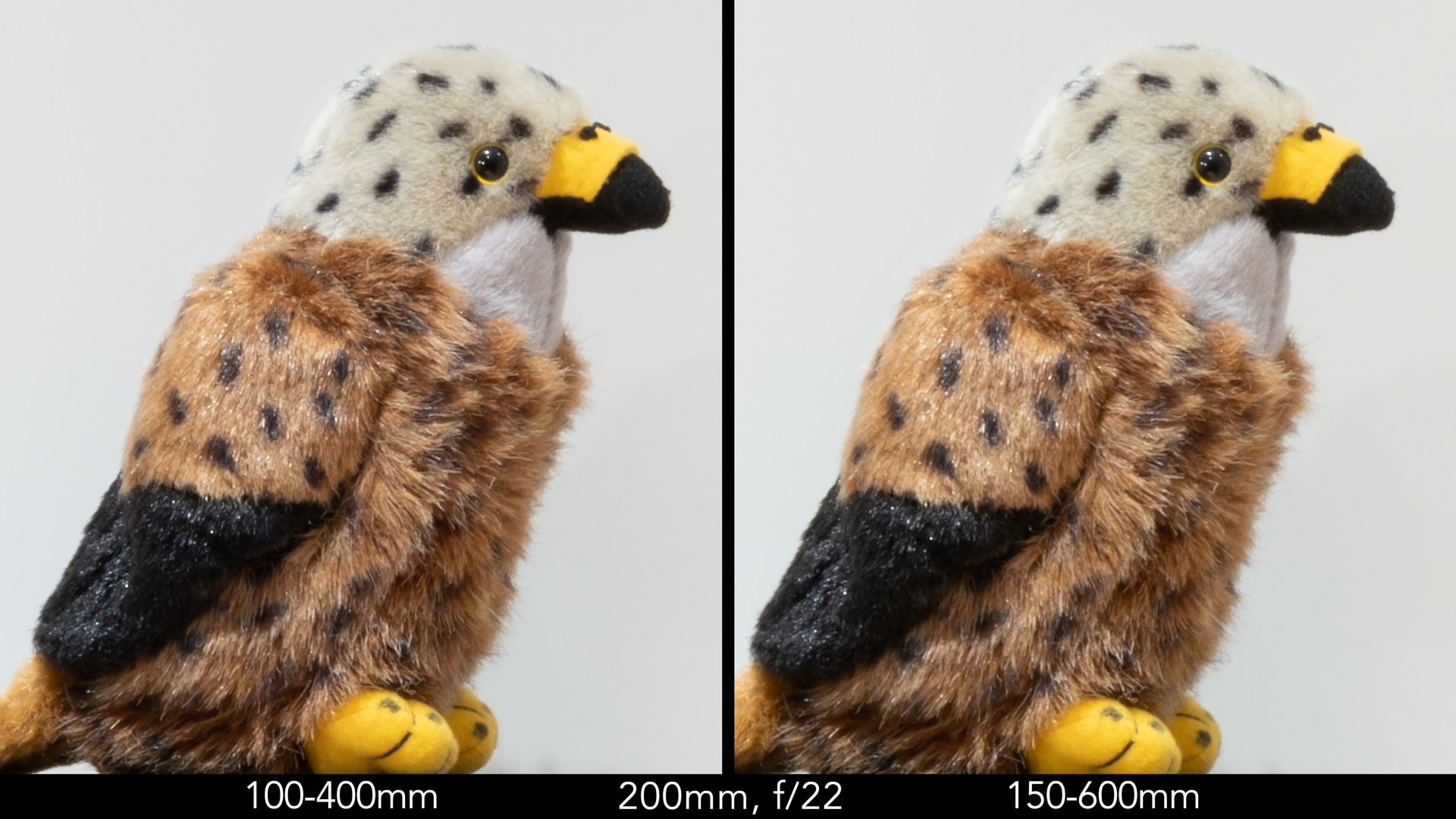

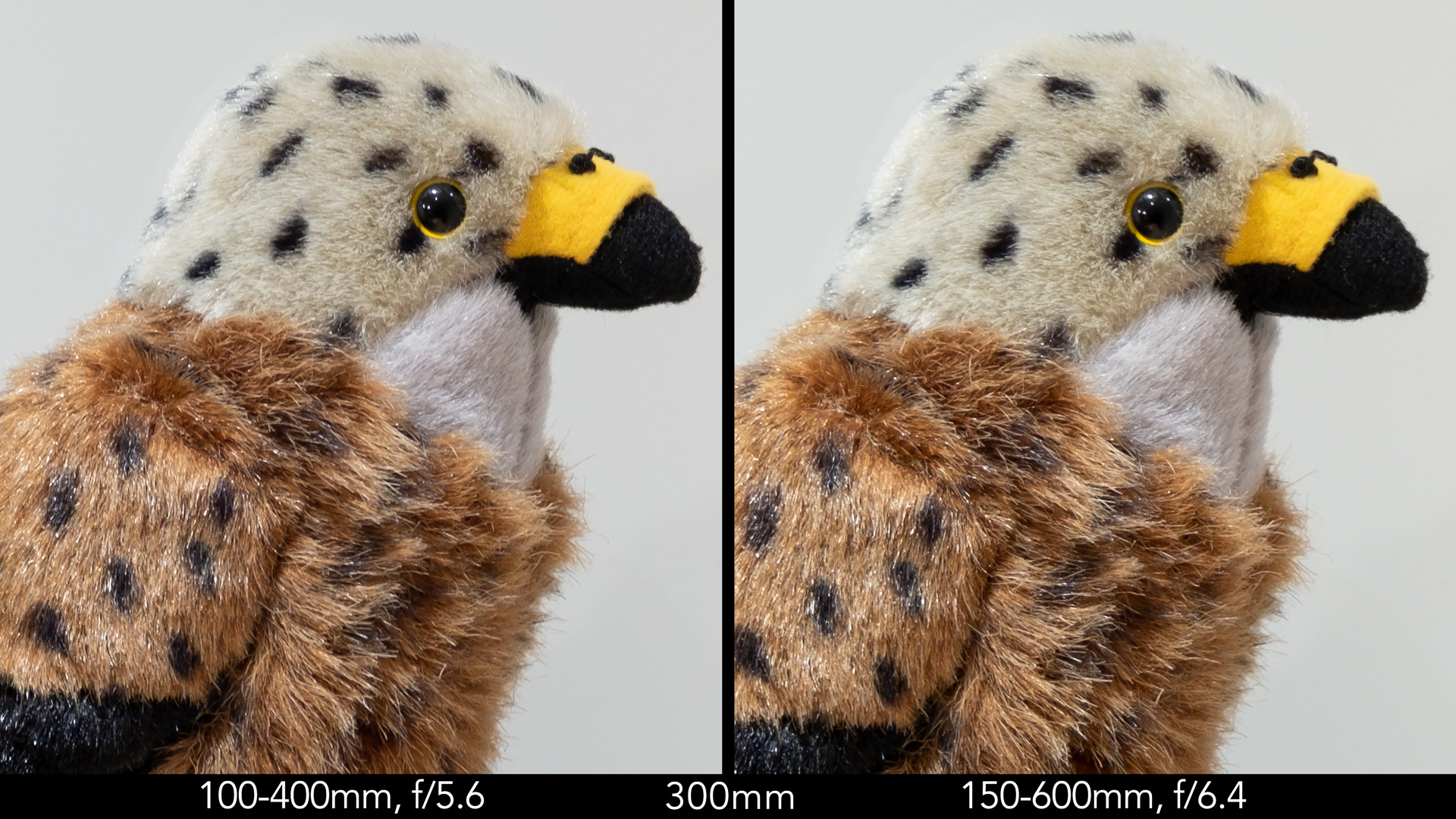
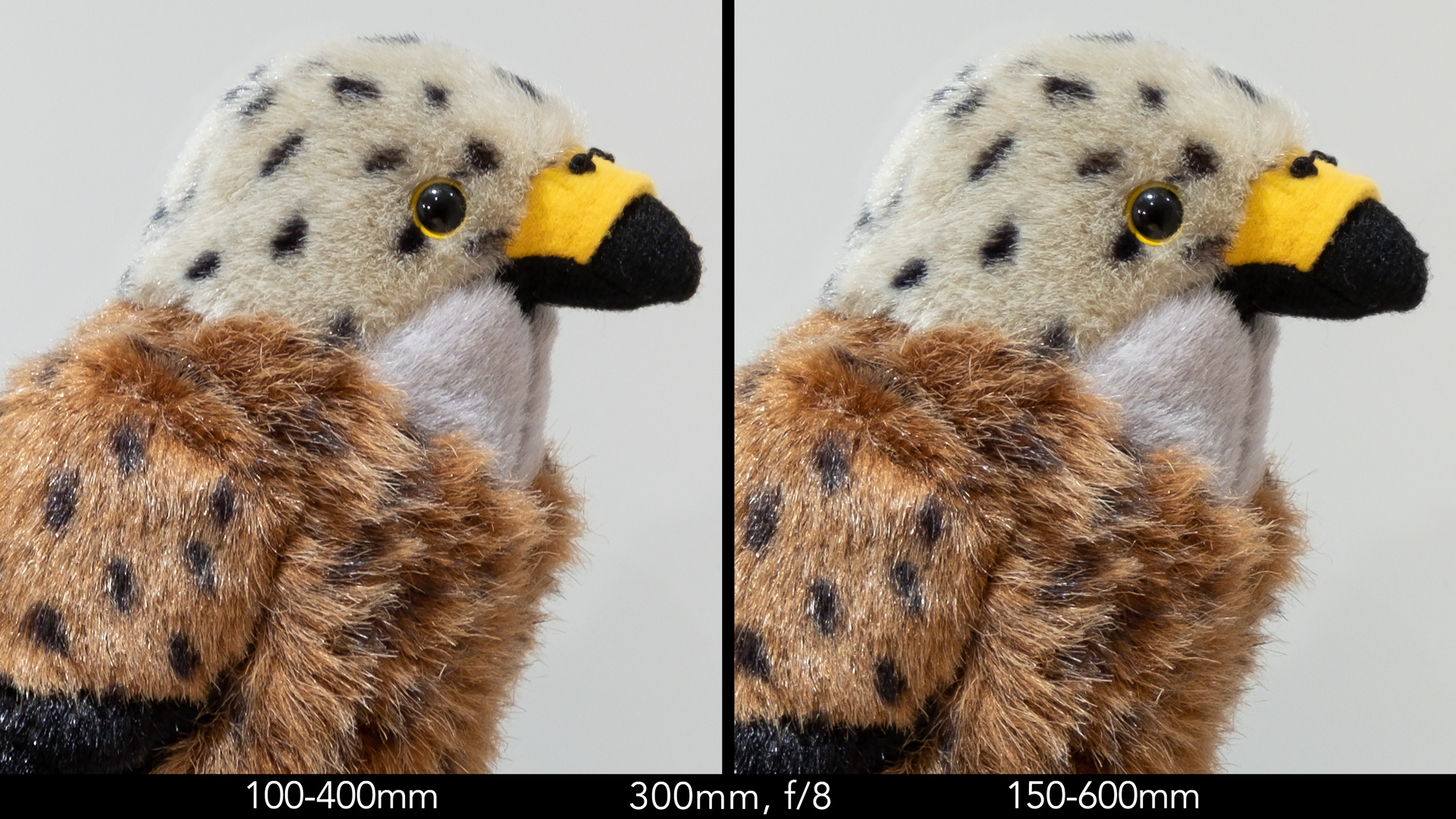

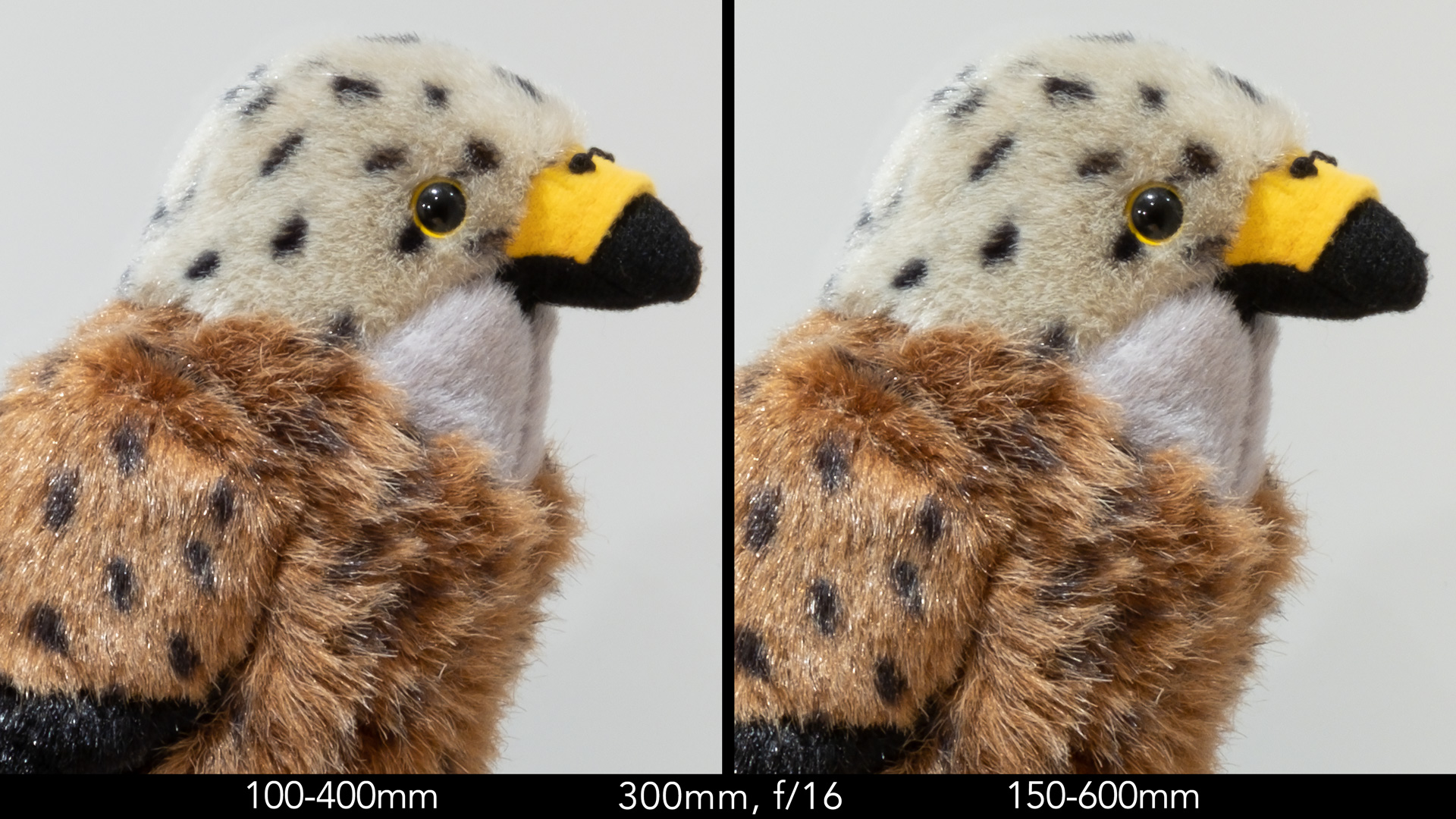

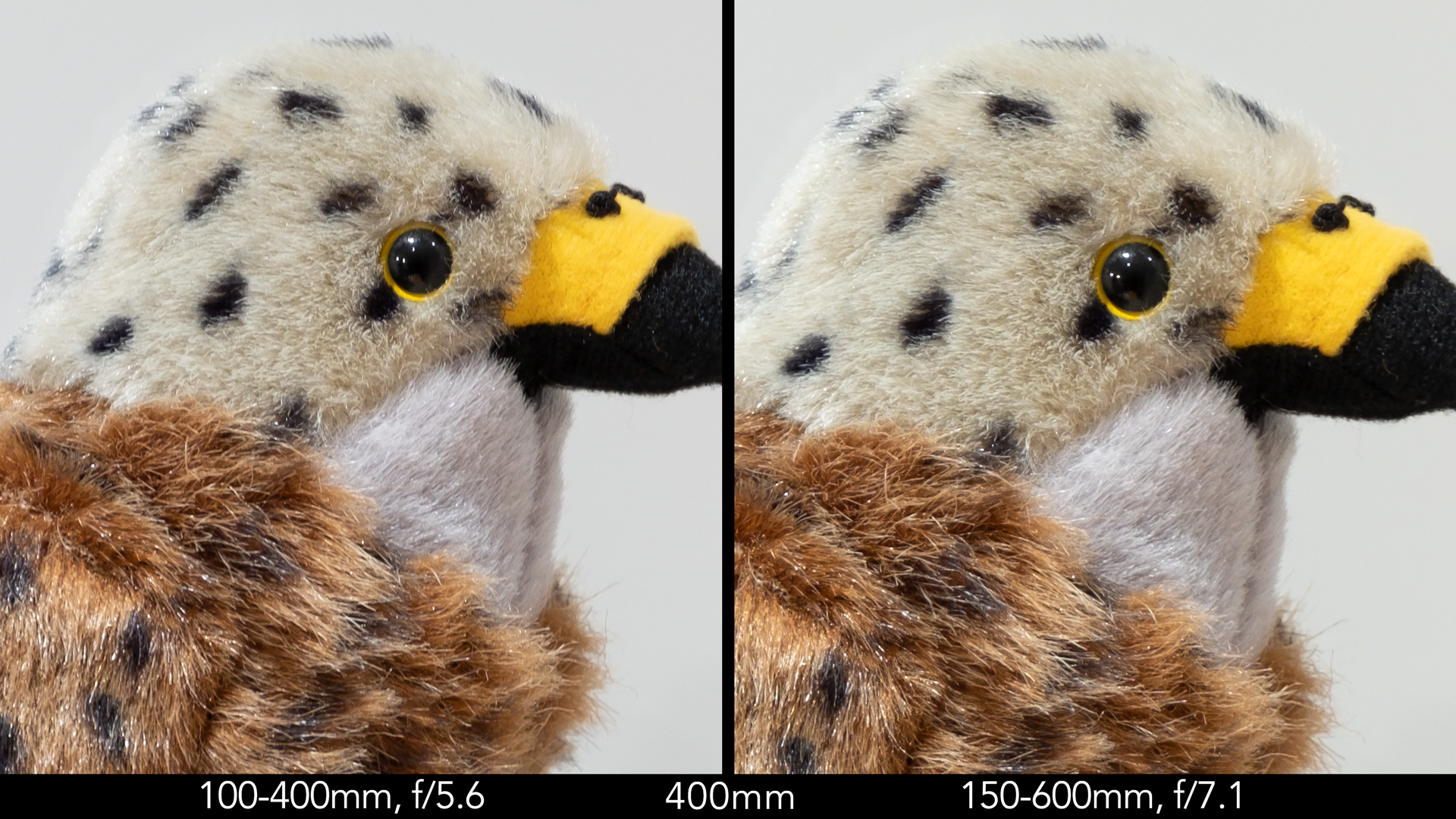


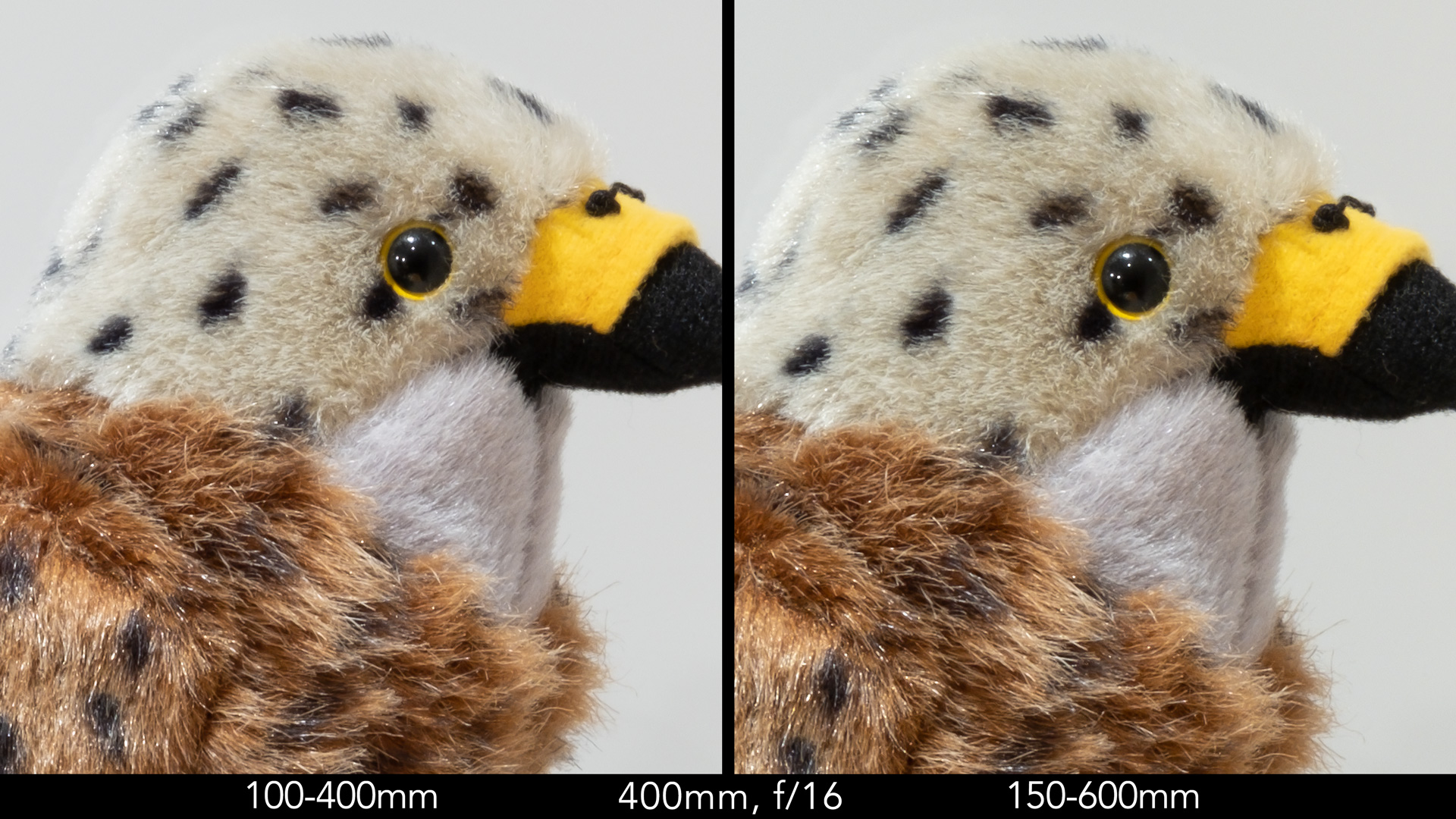
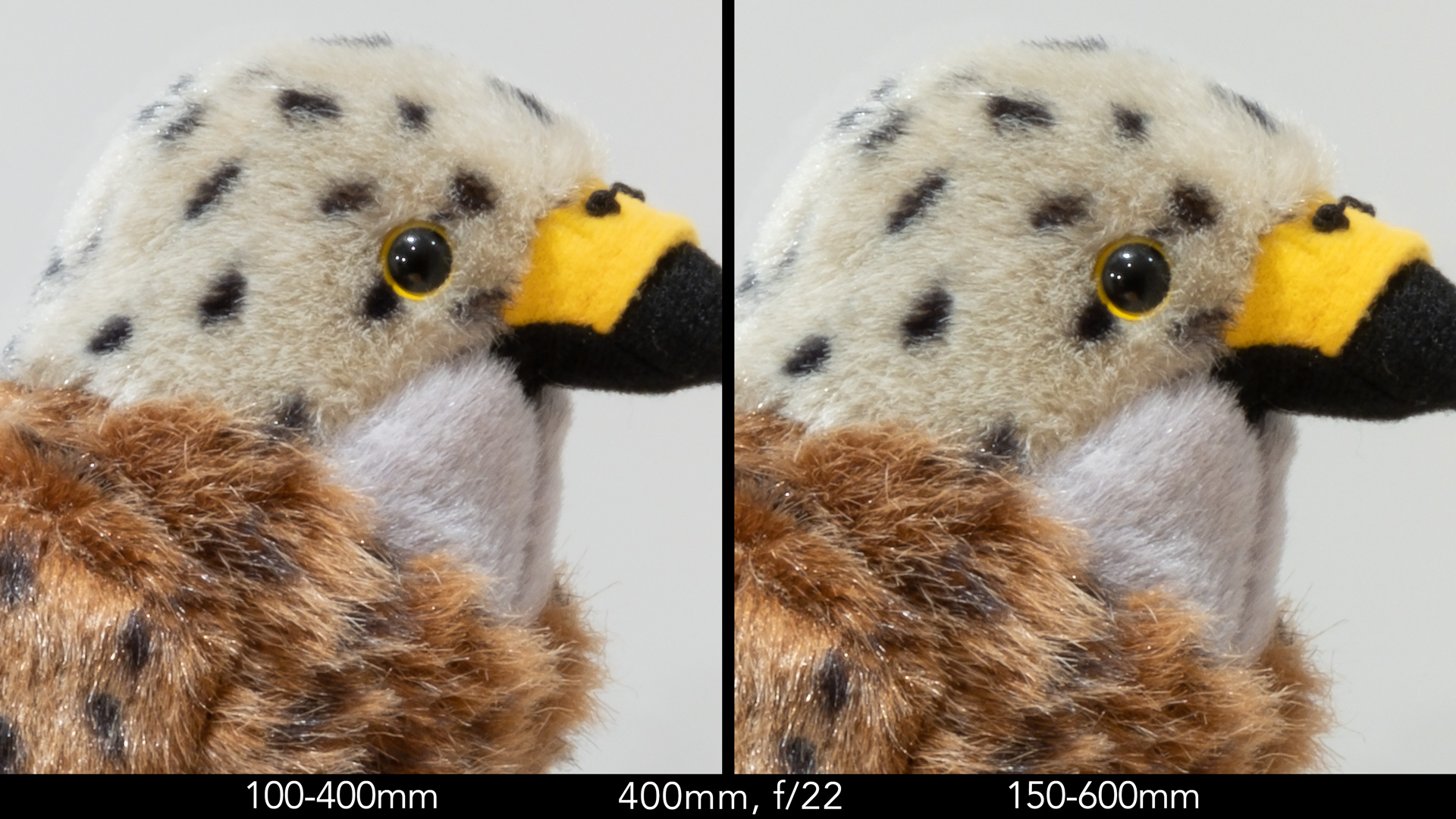
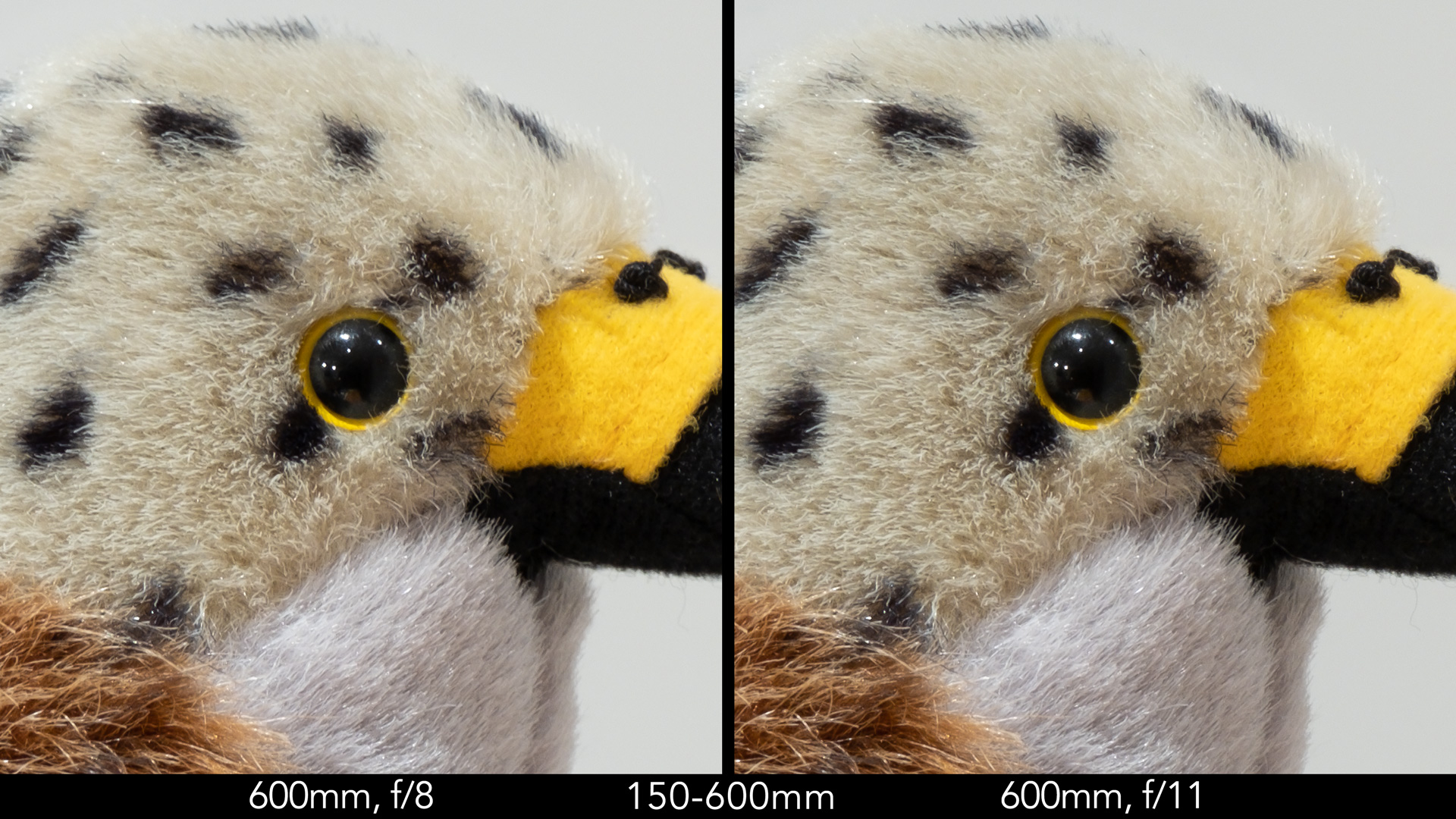
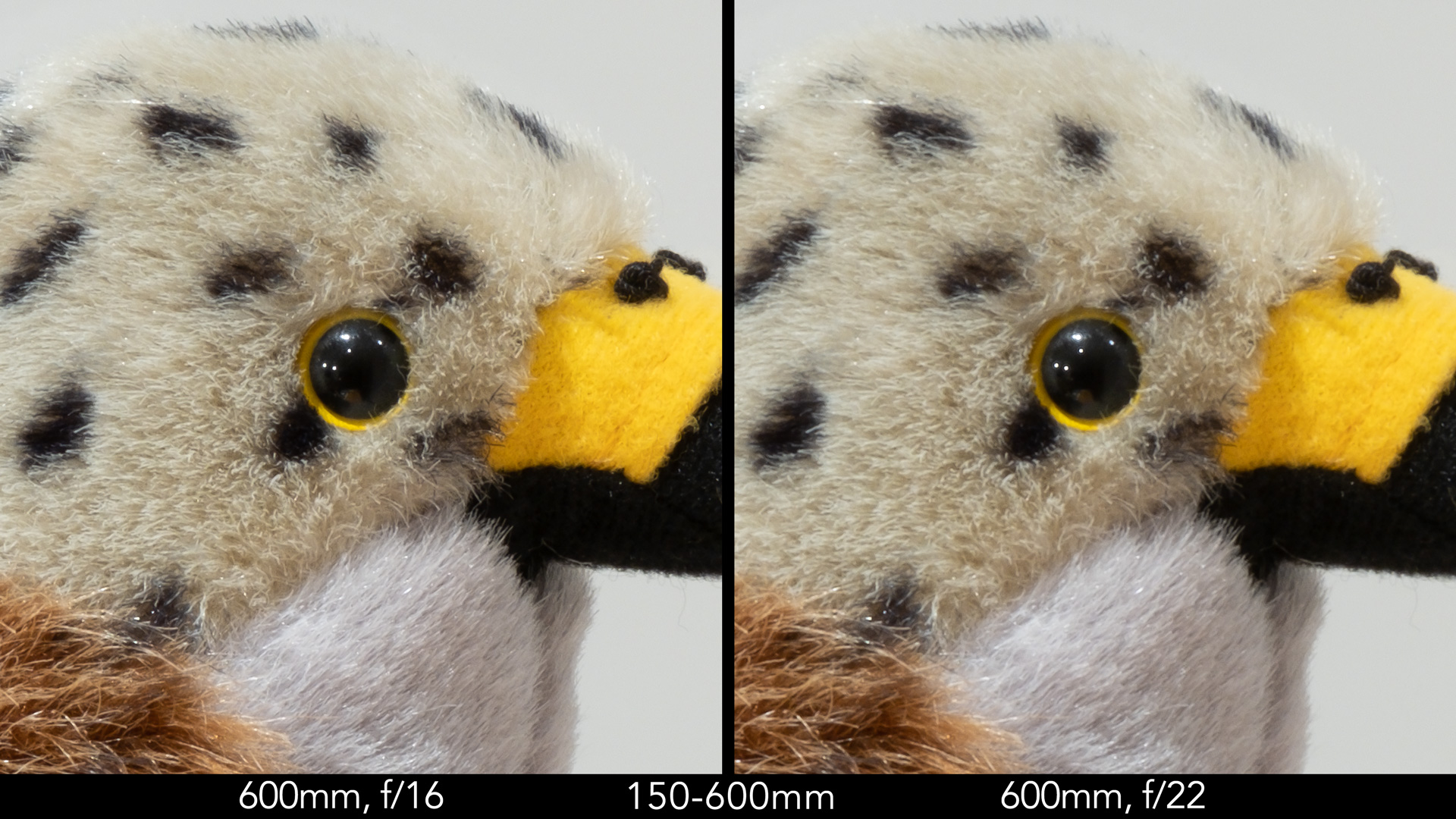


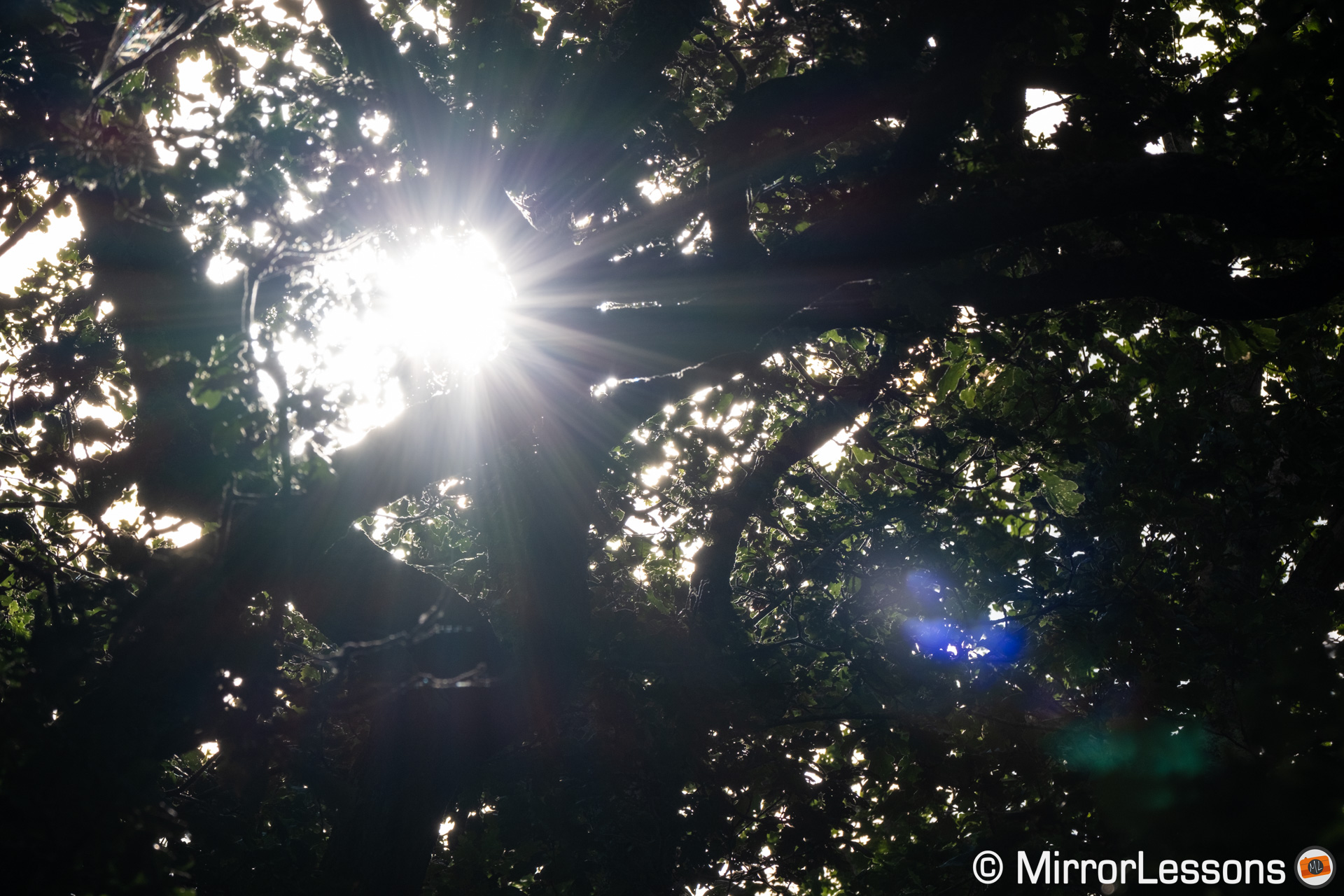
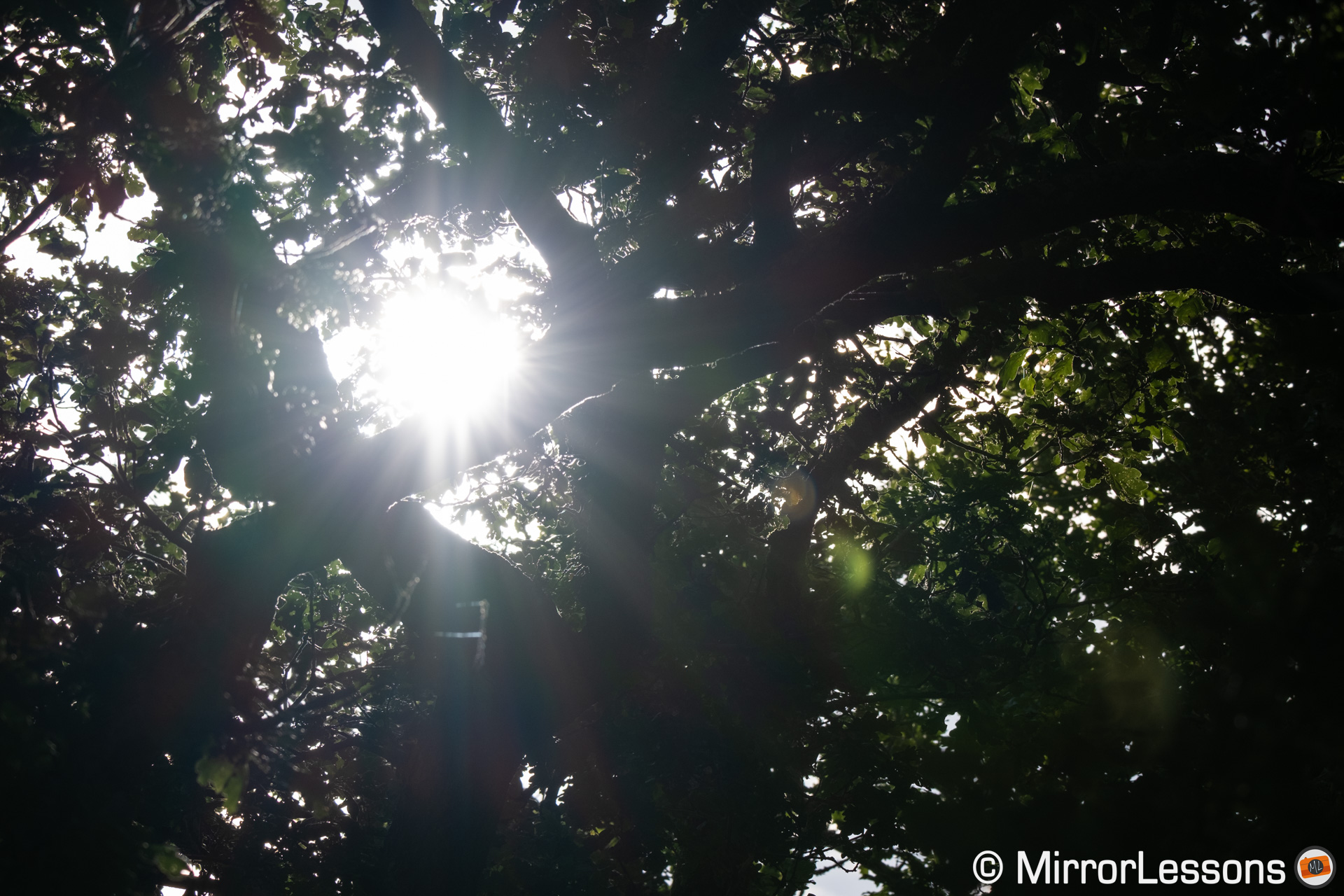


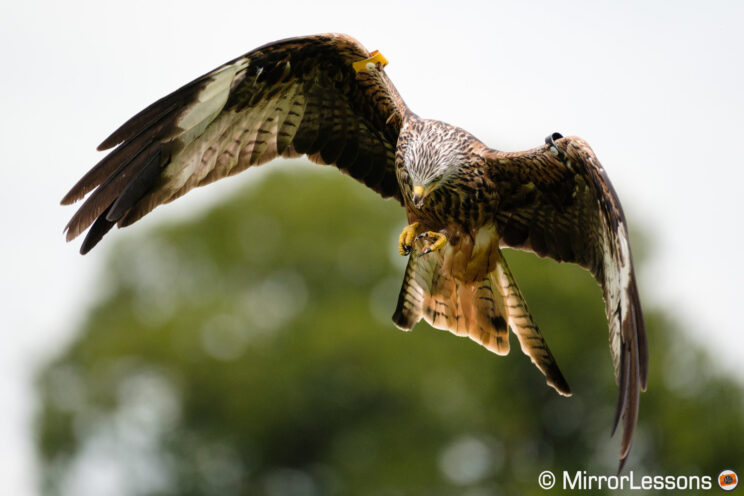

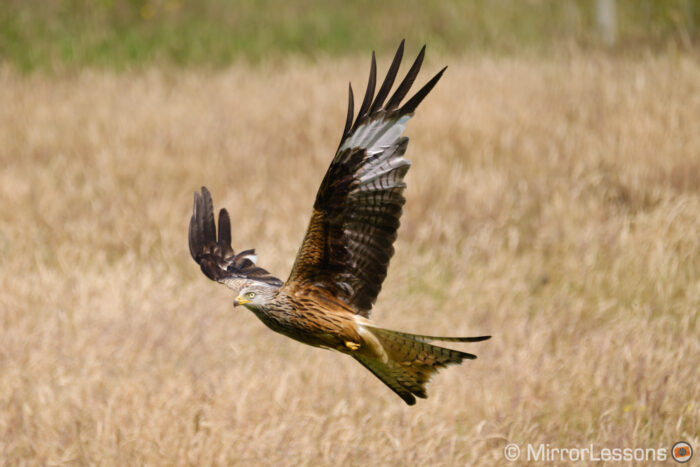
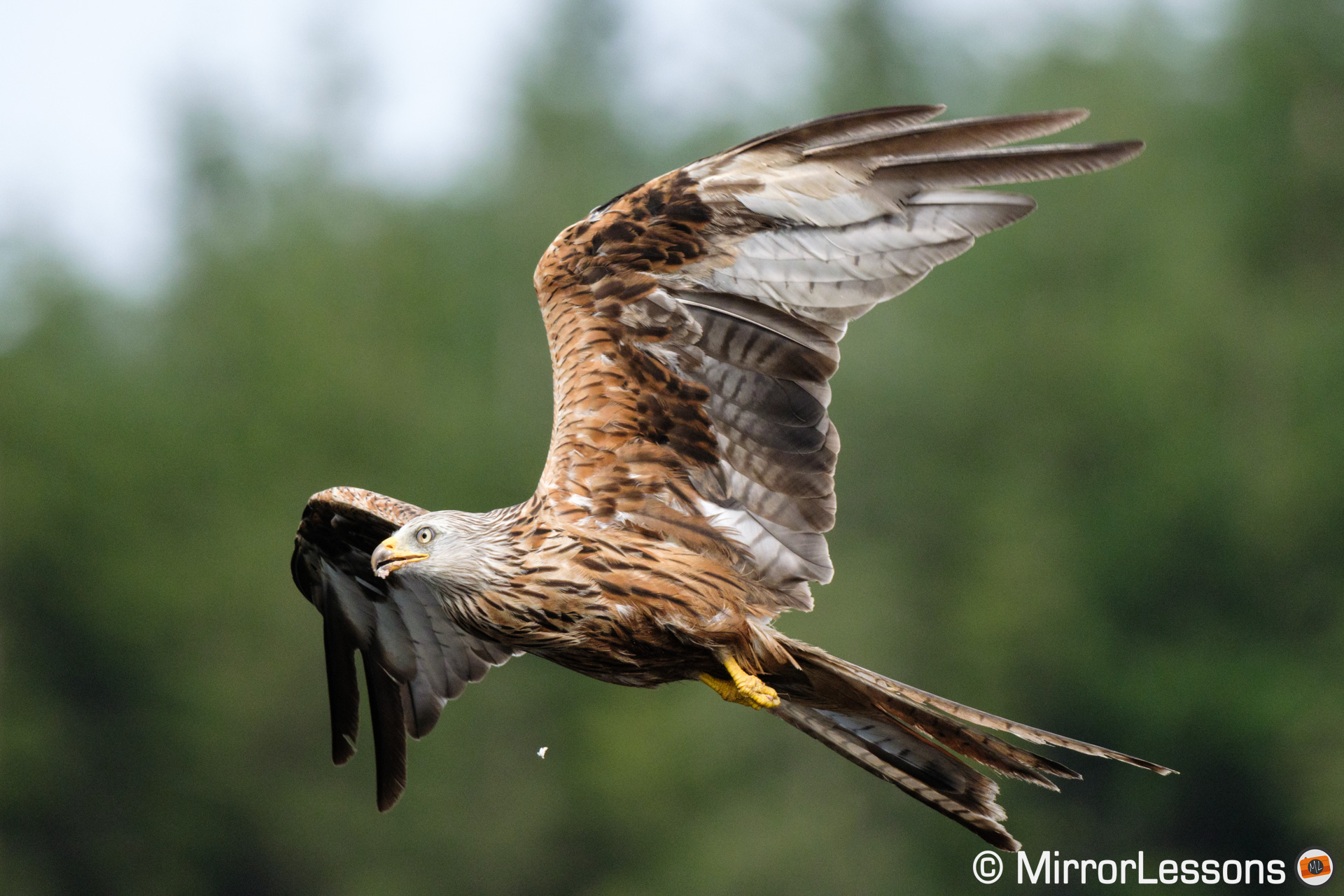

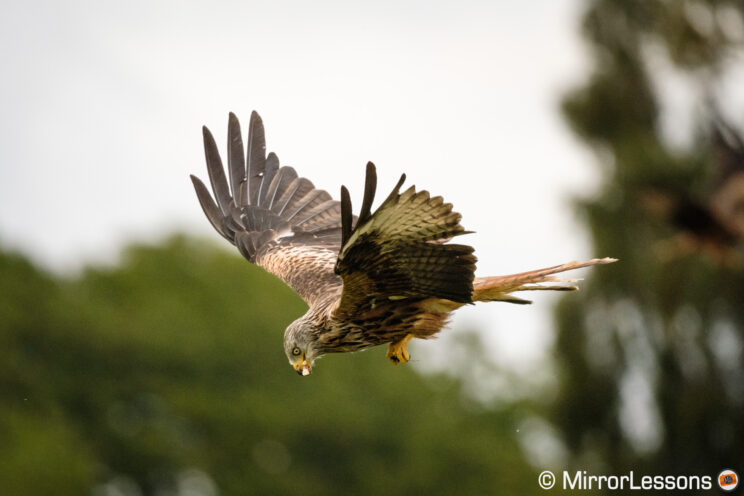
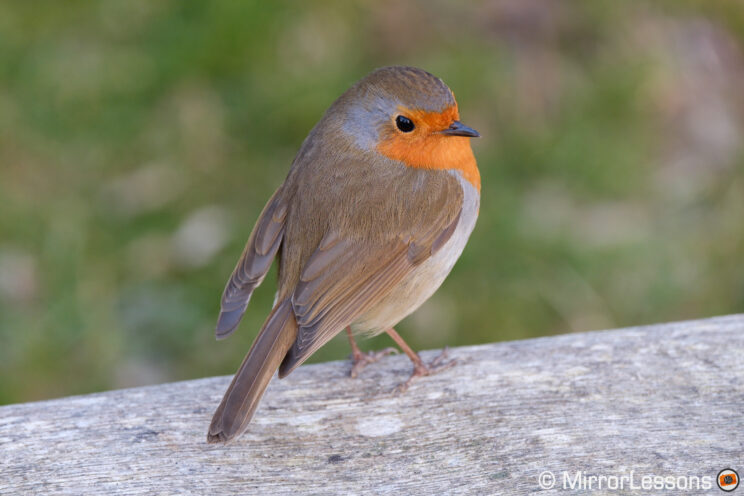
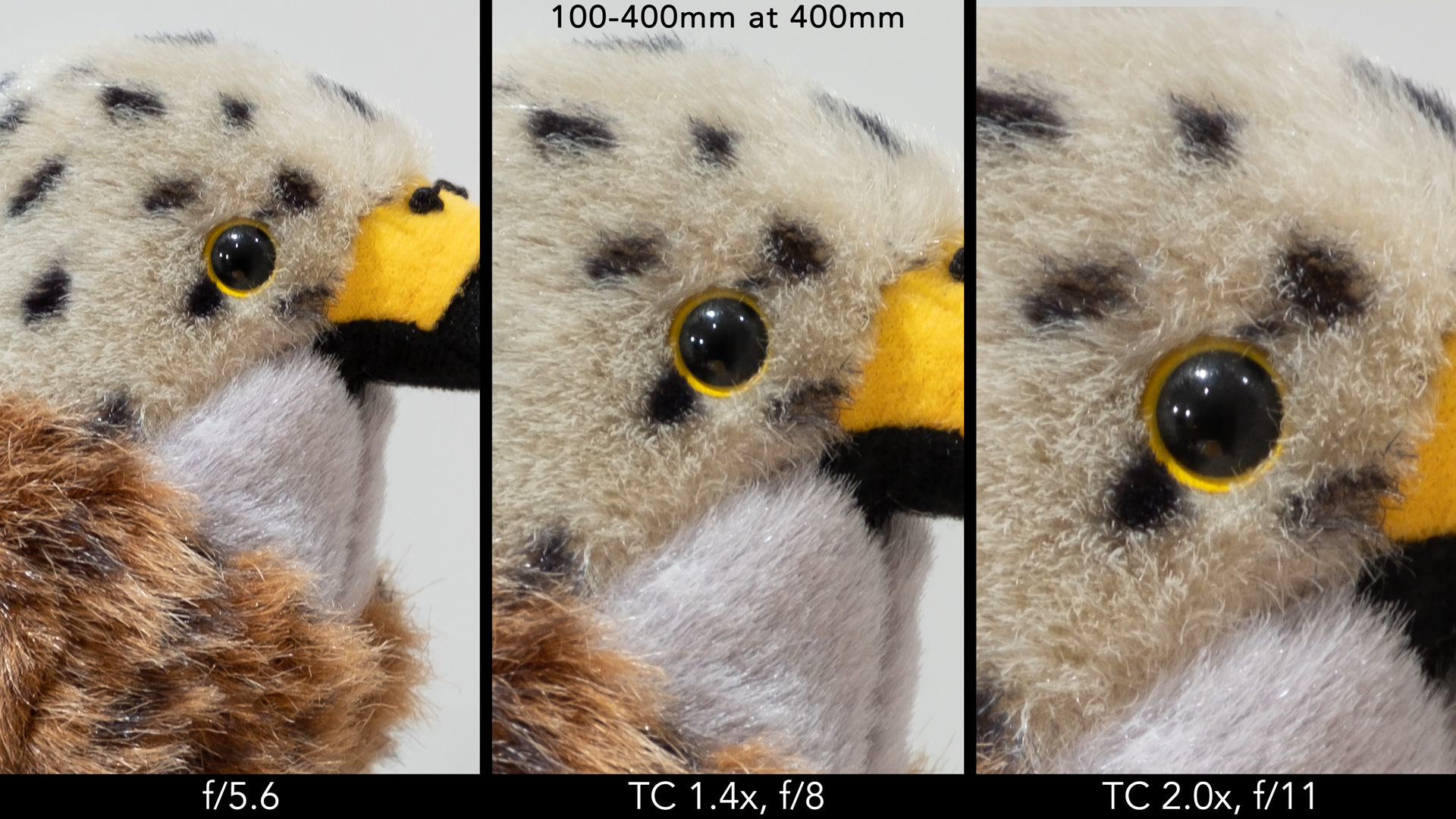
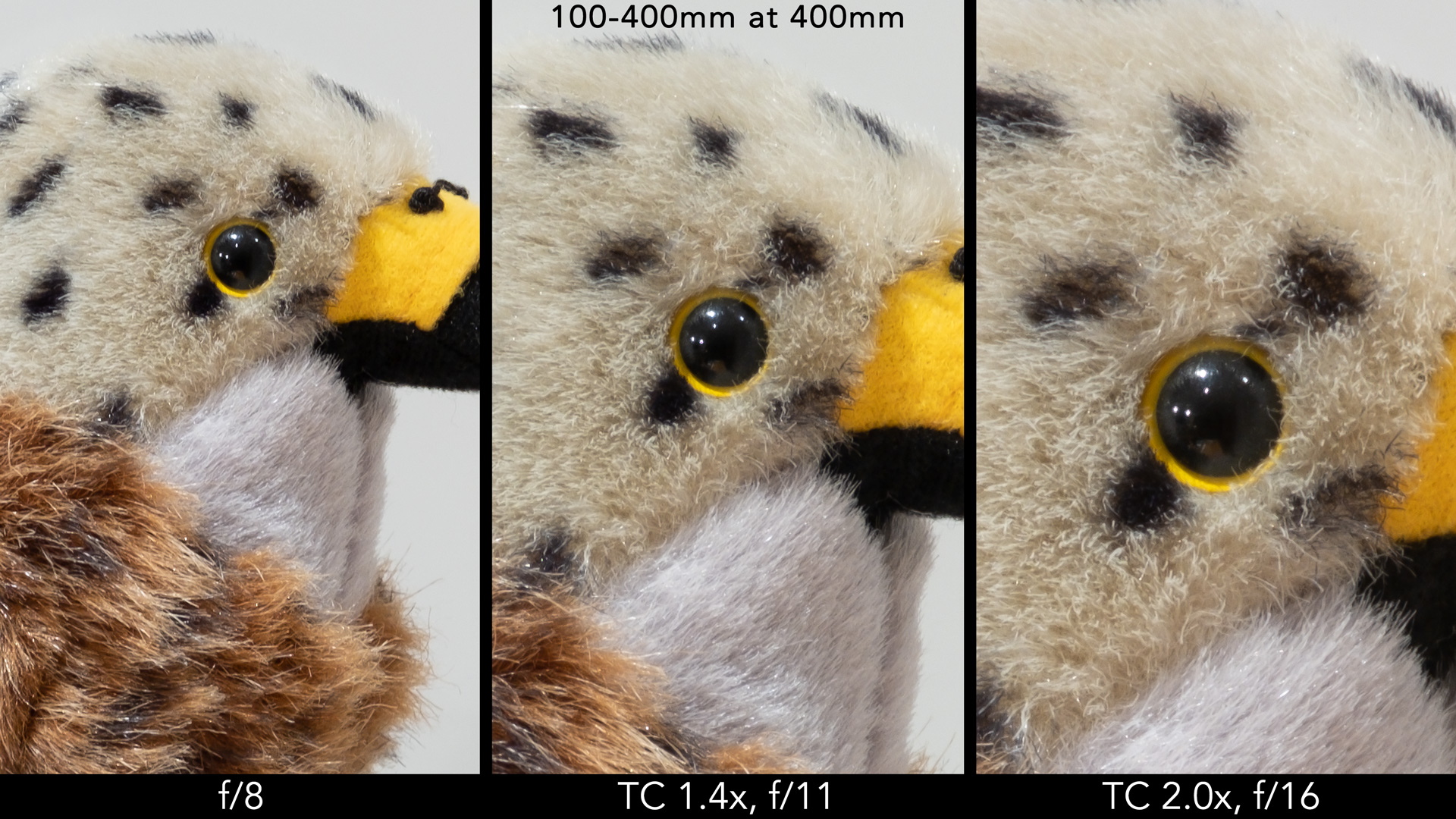
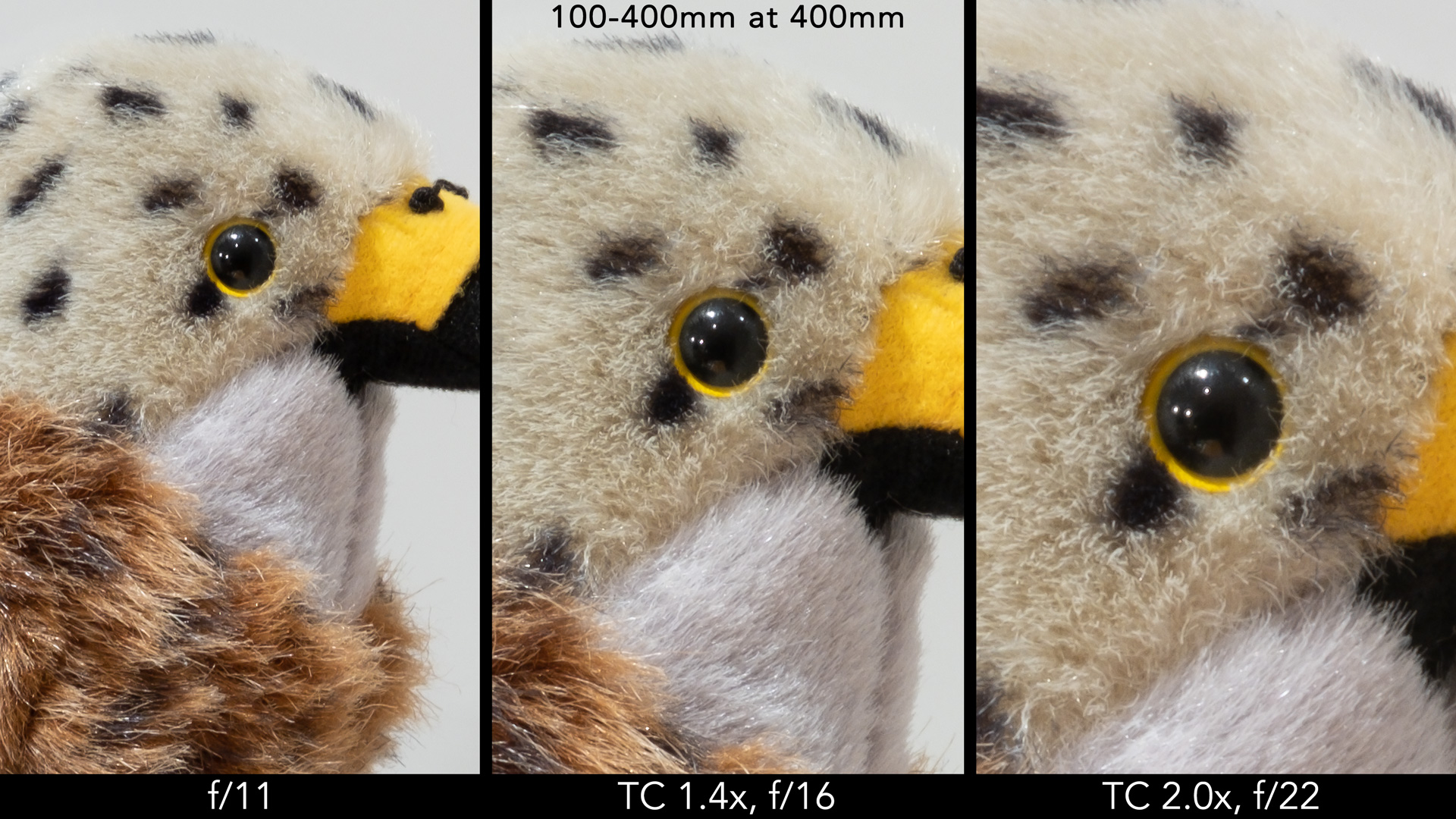
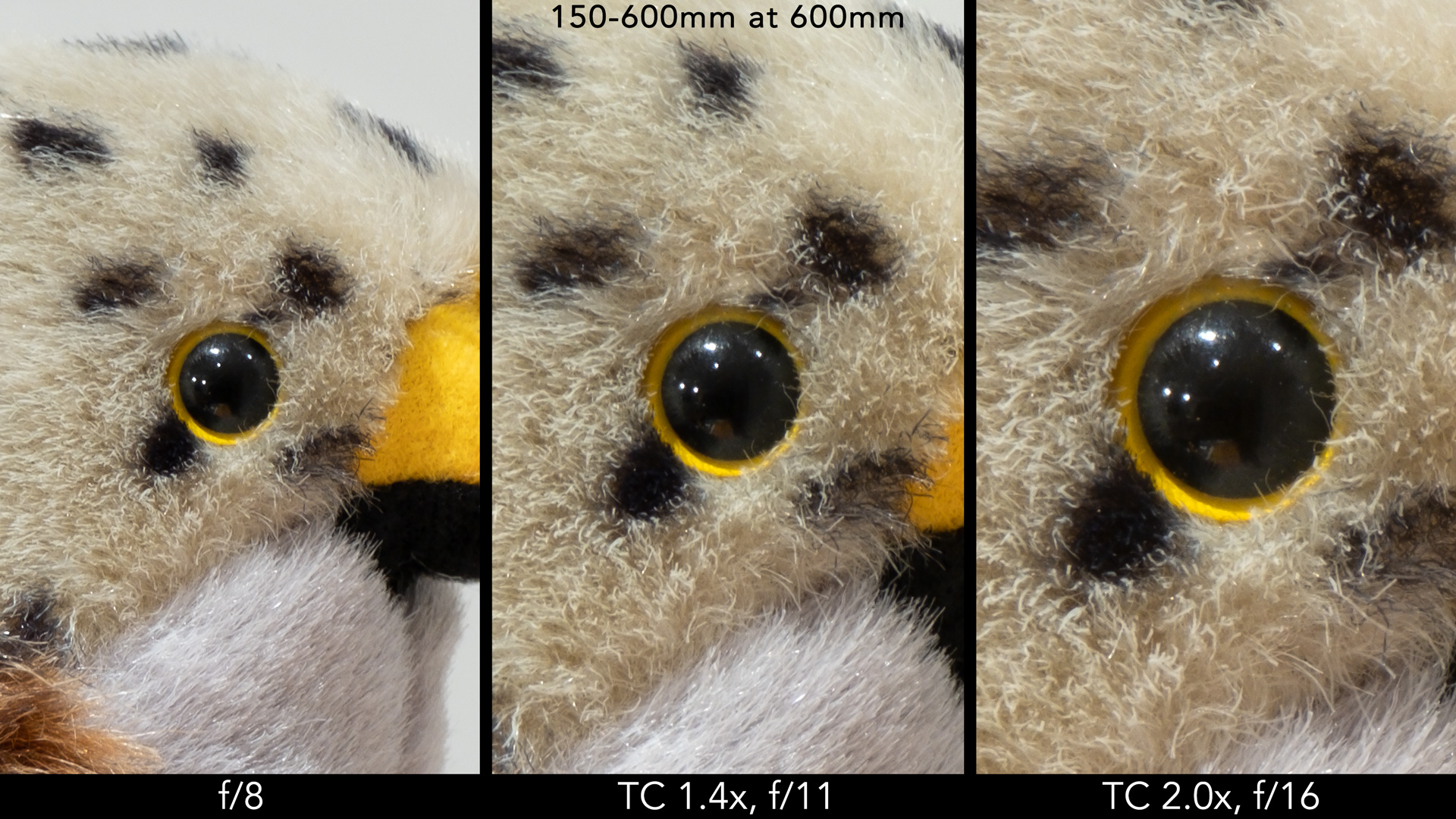
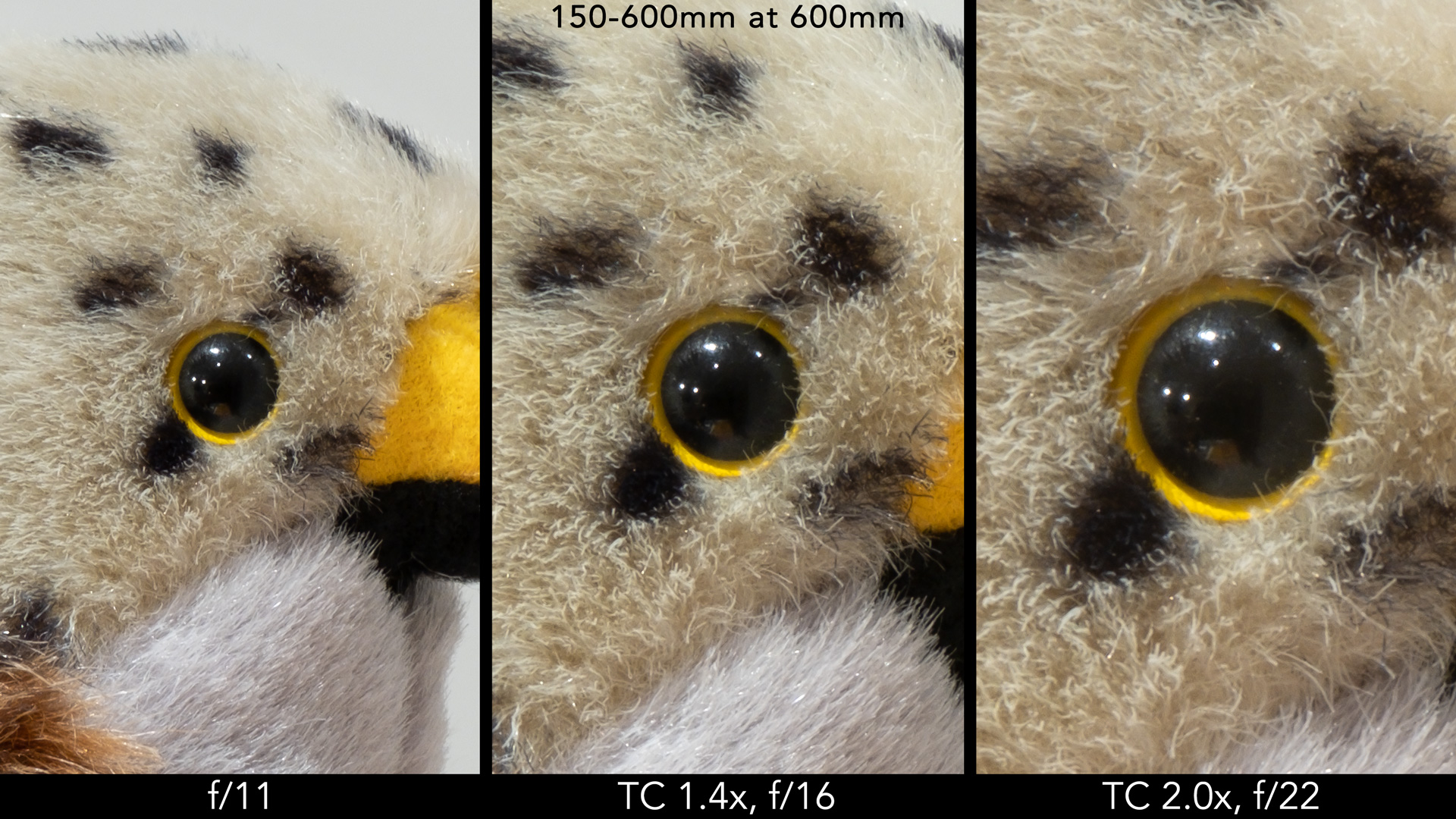
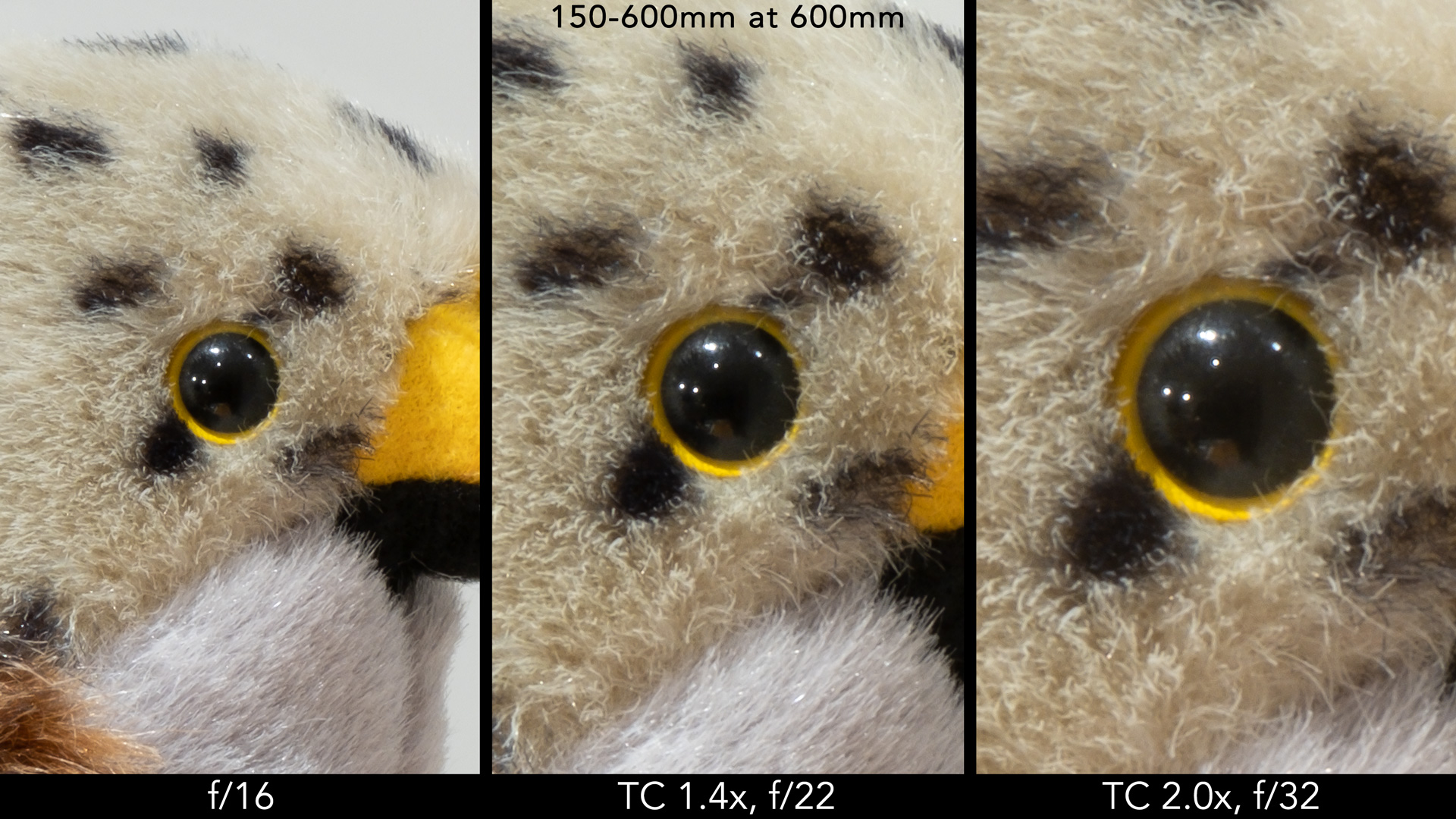
Interesting review. I am on a Safari at the moment and I have borrowed the 100-400 with the 1.4x converter. What I have found is that it the main action takes place at dawn and dusk. So there is a massive problem with camera shake or depth of field! I have removed the converter and the extra stop makes a lot of difference. Whilst I like the appeal of the 150-600 I honestly do not think it is very suitable for this kind of photography if you are a tourist, bare in mind I am shooting from a stationary truck, it is not possible to get out and use a tripod for safety reasons. We also do not have long stops so I am not able to use this as a stakeout lens.
My conclusion is that you have to think carefully about the type of photography you are likely to do before parting with your hard earned cash.